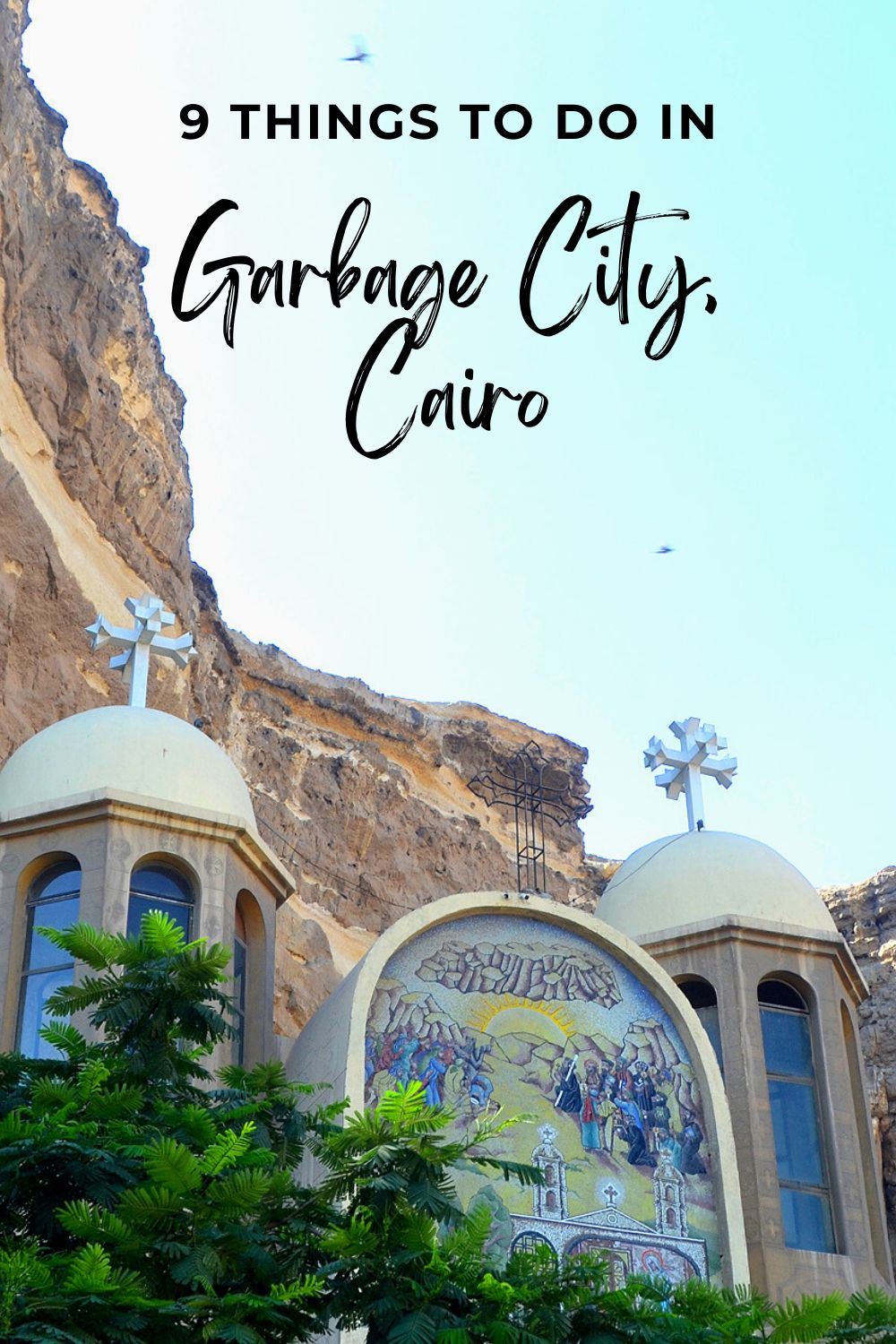9 Best Things To Do In Garbage City, Cairo
13 min readGarbage City, Cairo is home to the city’s trash collectors – and some incredible churches and hidden gems. Here are the best things to do in Garbage City. Garbage City, Cairo is a maligned neighborhood that’s home to the city’s trash collectors – most of whom are Coptic Christians. It’s well off the beaten tourist path. But it’s also a unique place that’s very worth visiting. I’ve lived in Cairo for years but never explored this district beyond the Cave Church. It’s not a popular destination and it’s not easy to access. Nestled above Cairo’s old cemetery, this so-called “Garbage City” is perched high in the Mokattam hills. The streets are narrow and most Ubers quickly get lost. I wanted to visit Manshiyat Nasser (as it’s actually called) in a respectful way. So I booked a day trip with Egypt Rest Tours and went with a guide who really knows the place. And Manshiyat Nasser really surprised me. The locals are some of the friendliest I’ve met in Cairo. If you want real human interactions with Egyptians (and not just with souvenir salesmen) then you can’t do better than a day trip to Manshiyat Nasser. There’s also street food on every corner and thought-provoking art and recycling initiatives that aim to empower this underserved community. But what’s most fascinating is, of course, the garbage. Inside “Garbage City,” Cairo Manshiyat Nasser recycles an astounding 80-90% of the garbage it collects from homes across greater Cairo, compared to 40% recycled in most Western countries. The district’s vast network of trash collectors, sorters, workshops and recycling centers all working together (in difficult conditions) to recycle trash from every corner of an enormous city… is honestly mind blowing. For the past 70 years, the zabbaleen have been picking up trash from Cairo residents door-to-door (for a small fee) then transporting it via pick-up trucks to Manshiyat Nasser for sorting. Every day some 14,000 tons of garbage produced by the bulk of Cairo’s 22 million residents comes through here for sorting, cleaning and processing. Men transport and recycle the trash with heavy machinery that grinds, melts and shreds the garbage into reusable materials. Women often do most of the sorting and separate the trash after it arrives into plastic, paper, metal, etc. And they do an incredible job, too. A scheme in 2003 to hire private companies for Cairo’s garbage disposal largely failed – and most of the work went back to the zabbaleen. During the swine flu, officials culled some 350,000 pigs (a crucial part in clearing organic waste) and dealt a further blow to the district’s waste management. But the pigs are back now – you’ll spot them on rooftops eating the waste discarded by the city’s vegetable vendors. Brands like Pepsi and Nestle have taken notice of the zabbaleen’s efficiency. And they work in Manshiyat Nasser to recycle their plastic bottles. Though a local told me they’d be recycling the bottles anyways – with or without the corporate campaign. What it’s really like Manshiyat Nasser gained international attention after the 2009 Oscar-nominated documentary Garbage Dreams, which follows the lives of three teenage boys born into the trade. And these days, Manshiyat Nasser has become an off-the-beaten-path destination for travelers who want more than a tour bus experience. Is Garbage City, Cairo a slum? No. It’s a working-class neighborhood with homes that are well-equipped with running water, infrastructure and electricity (how else would they run their recycling machines?). It’s definitely not a collection of off-grid tin shacks with open-air sewage, like the definition of “slum.” Manshiyat Nasser is better described as an informal neighborhood where homes were built without official city permits. The buildings and shops in this district don’t look much different than other working-class neighborhoods across Cairo (minus the trash sorting and recycling workshops of course). Does the smell “hit you in the face?” Some parts of the neighborhood (near the sorting halls) smell unsurprisingly like garbage. Other streets don’t smell bad at all. But you’re not going to pass out or faint away from the stench. Don’t believe the click-bait TikTokers. And note that Manshiyat Nasser is not on the outskirts of Cairo. It’s also not a village. It’s inside Greater Cairo in the middle of the city, alongside the busy autostrad. I pass by it whenever I’m going home from downtown. Manshiyat Nasser is across from the Citadel and next to the City of the Dead. And this means you can easily combine your trip to Garbage City with a stop at the old Mamluk cemetery (also home to many hidden gems). A brief history of Manshiyat Nasser Many of the zabbaleen (Arabic for “trash collectors”) were farmers who fled poverty and poor harvests in Upper Egypt in the 1940s and migrated to Cairo for work. They initially raised livestock in the Mokattam hills. But they later found waste collecting and recycling a lot more profitable. And their neighborhood began to grow. Estimates peg the current population at around 30,000 residents. Many residents in Manshiyat Nasser still identify as Upper Egyptian. A group of women I spoke with told me they’re all from Asyut. They feel connected to their home towns. How to visit Garbage City, Cairo As much as I love solo travel, I highly recommend a tour guide for Garbage City. The locals are friendly and it’s perfectly safe. But you won’t get access to places like recycling centers and pigeon towers unless you’re with someone who knows the place (and has connections with the residents). Many tour guides will only take you to the Cave Church – so choose wisely! Where do you begin to explore this fascinating district? Here’s my ultimate guide to the best things to do in Garbage City, Cairo: 1. Cave Church The Cave Church is a massive open-air Coptic church nestled inside a cave. It’s a must-see architectural gem – and the neighborhood’s best-known landmark. The enormous Cave Church is tucked deep inside a natural cave in the Mokattam Mountain. And it’s a gorgeous blend of natural splendor and human ingenuity that holds up to 20,000 worshipers. Services are held enveloped in the rugged cave walls adorned with carvings of Biblical scenes. And the church is the heart of the local community. It’s a quiet and serene spot dotted with greenery, contrasting with the surrounding noisy streets. Also known as The Monastery of St. Simon the Tanner, the church was established in 1975 when the zabbaleen began to settle in Mokattam and build more permanent housing. A huge cave was discovered in 1974 and tons of stone was removed to build the current structure. It’s named after the Coptic saint who lived in 10th-century Egypt and reportedly moved Mokattam Mountain miraculously as proof of his faith. Moving the mountain According to traditional Coptic stories, Caliph al-Muizz heard a Biblical verse saying you can move a mountain if you have faith as small as a mustard seed. He then challenged the Egyptian Pope to perform this miracle – or else he’d slaughter all Coptic Christians. Saint Simon performed the miracle on November 27th, 979 and famously moved the enormous Mokattam Mountain through the help of Coptic prayers. The Caliph Al-Muizz then reportedly converted to Christianity and entered a monastery. A baptismal font large enough to immerse a grown man was built for the caliph at the Church of Saint Mercurius, in modern-day Coptic Cairo. So if that’s on your Cairo itinerary, you can see the font known as the “Baptistery of the Sultan” right inside the church. Today, the Cave Church is the largest church in the Middle East. The large amphitheater-style hall has a wide alter with colorful paintings. The walls of the church are adorned with reliefs of Biblical figures carved right into the rock. Seven individual chapels make up the St. Simon Monastery, and the vast complex includes an educational center and school for the deaf. Behind the altar, the church keeps the remains of St. Simon and the clay pot he reportedly used to carry water to the poor. The Cave Church is stunning to experience – and an architectural marvel that blends seamlessly into the rugged environment. A few TripAdvisor reviewers have called this church more impressive than the pyramids. And it’s definitely one of my favorite Cairo hidden gems. 2. Hill carvings Don’t miss the art surrounding the Cave Church and the Biblical scenes carved right into the mountain by a Polish artist known locally as “spiderman.” The beautiful sculptures include Biblical scenes, figures of the Holy Family and verses from the Bible carved right inside the rugged mountain walls. The reliefs are the work of Krakow-native Mariusz Dybich, who spent two decades sculpting inside the Mokattam hills. The breathtaking sculptures were done to fulfill the wishes of the church’s parish priest, who met Dybich in the 1990s and told him to “transform the mountain into an open Bible.” Dybich had been looking for an opportunity to serve God – and found his calling up in the commanding hills of Manshiyat Nasser. The Krakow-native had no previous sculpting experience. But he went on to complete some 70 sculptures that give the Cave Church an ancient and fantastical look. “It’s surprising to many that a European man willingly leaves his country to work in a poor slum area,” Dybich said in an interview. “But I believe it’s God who sent me here.” Dybich has lived in Cairo for three decades and speaks Arabic fluently. He’s married to an Egyptian woman and has two daughters. 3. Zip line (photo courtesy Mario High Ropes) Head to the adrenaline park and ride a zip line across the hills surrounding the Cave Church for some incredible views of the neighborhood. Zoom past the church domes and get a closer look at the hill carvings. Or maneuver through the obstacles at the adventure rope course. The adventure park is managed by Polish artist Dybich aka Mario – the sculptor who carved the hillside Biblical scenes at the Cave Church. And it’s definitely a must-try for the sporty and adventurous traveler. The zip line is about 500 metres long and lasts about 30 seconds of heart-pumping fun. There’s also rock climbing, including a beginner’s artificial climbing wall and a more challenging wall on the side of the Mokattam mountain. Check with your tour guide to reserve a ride, or book directly with Mario High Ropes. 4. Plastic recycling workshop Visit a plastic recycling workshop to get an insider’s look at Manshiyat Nasser’s well-oiled recycling system. I visited a small workshop where shredded plastic bags (which felt like clouds to walk on) filled an enormous hall. The shredded bags (pictured above) were stuffed into machines that melted them into long strips that were then diced into tiny plastic pellets. These plastic pellets (pictured bellow, each about the size of a black pepper seed) are sold to factories, where they’re used to make anything from shoe soles to coat hangers and polyester clothing. If you’ve never seen plastic recycled, then a visit to Manshiyat Nasser is truly eye-opening. And it’s especially relevant in our times of global warming and the push towards sustainability. Manshiyat Nasser is the recycling capital of Egypt and a true “recycling city” to be proud of – and not be ashamed of, local residents said in an interview. Take a walk through the neighborhood and you’ll see enormous cubes of crushed aluminum cans glistening in the sun and plastic bottles stacked in front of workshops waiting to be recycled. As one of the world’s most efficient recycling systems, the zabbaleen received world recognition at the 1992 Rio Earth Summit. Other developing cities like Manila and Mumbai were encouraged to use their model. And the zabbaleen have financed much of that machinery and know-how, investing an estimated 2 million EGP for pick-up trucks, compactors, grinders, smelters and processors to recycle tons of waste. It’s pretty amazing to see. Though it gets hot inside the workshops, so dress accordingly and wear comfortable, closed-toe...
The post 9 Best Things To Do In Garbage City, Cairo appeared first on Vanilla Papers.
Garbage City, Cairo is home to the city’s trash collectors – and some incredible churches and hidden gems. Here are the best things to do in Garbage City.
Garbage City, Cairo is a maligned neighborhood that’s home to the city’s trash collectors – most of whom are Coptic Christians.
It’s well off the beaten tourist path. But it’s also a unique place that’s very worth visiting.
I’ve lived in Cairo for years but never explored this district beyond the Cave Church. It’s not a popular destination and it’s not easy to access.
Nestled above Cairo’s old cemetery, this so-called “Garbage City” is perched high in the Mokattam hills. The streets are narrow and most Ubers quickly get lost.
I wanted to visit Manshiyat Nasser (as it’s actually called) in a respectful way. So I booked a day trip with Egypt Rest Tours and went with a guide who really knows the place.
And Manshiyat Nasser really surprised me.
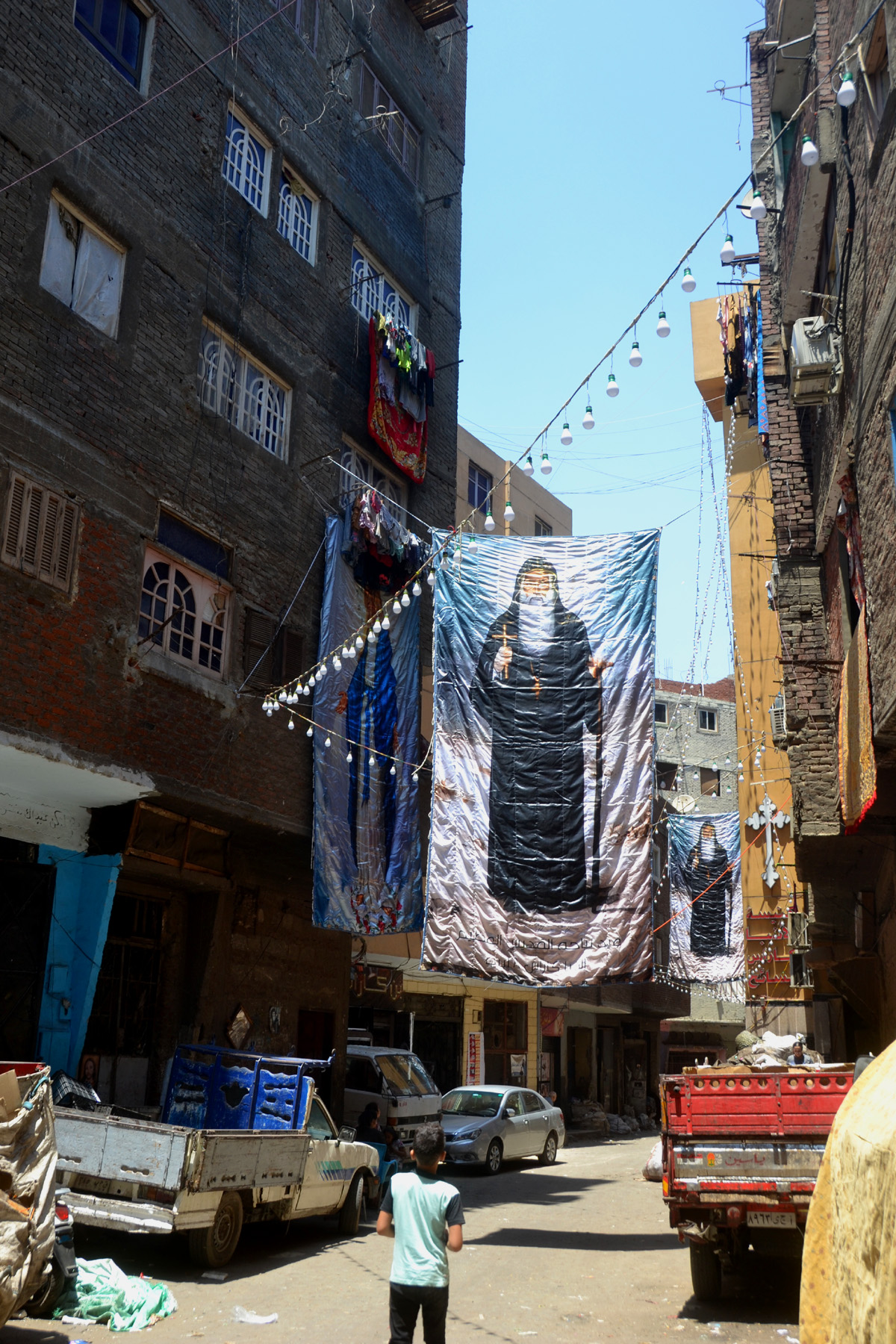

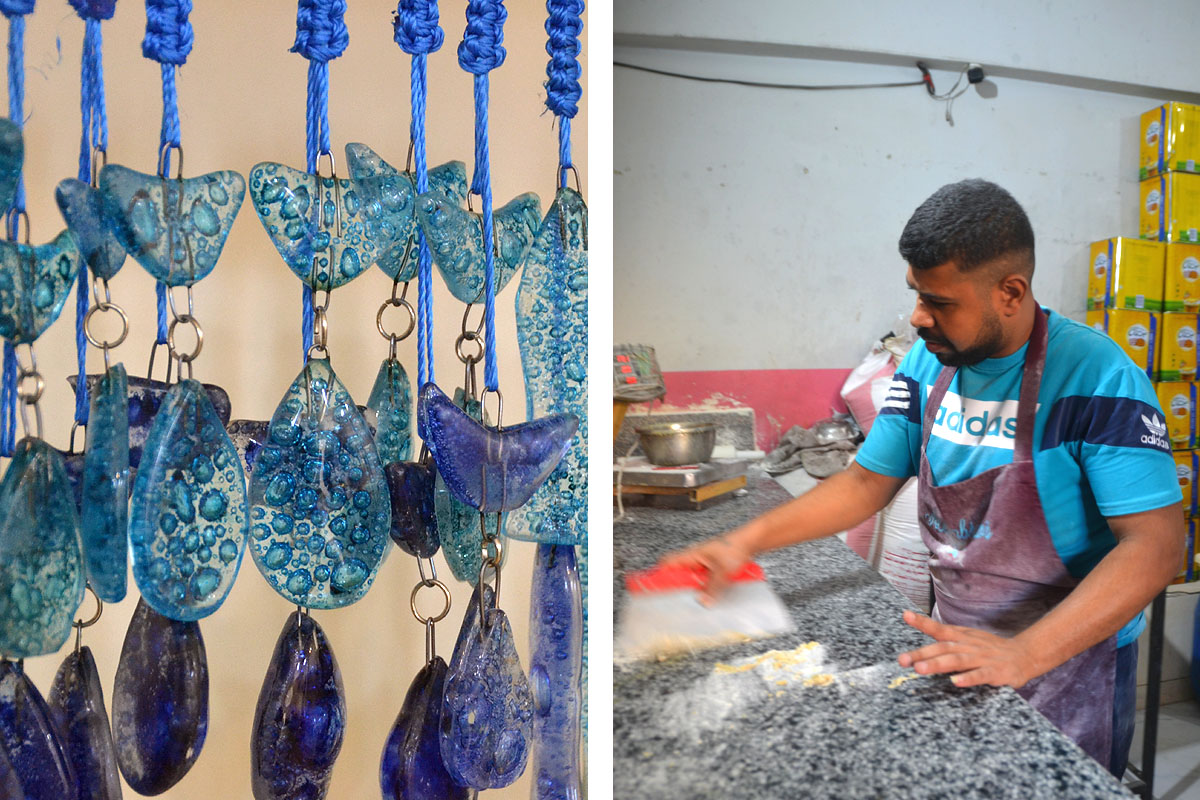

The locals are some of the friendliest I’ve met in Cairo. If you want real human interactions with Egyptians (and not just with souvenir salesmen) then you can’t do better than a day trip to Manshiyat Nasser.
There’s also street food on every corner and thought-provoking art and recycling initiatives that aim to empower this underserved community.
But what’s most fascinating is, of course, the garbage.
Inside “Garbage City,” Cairo
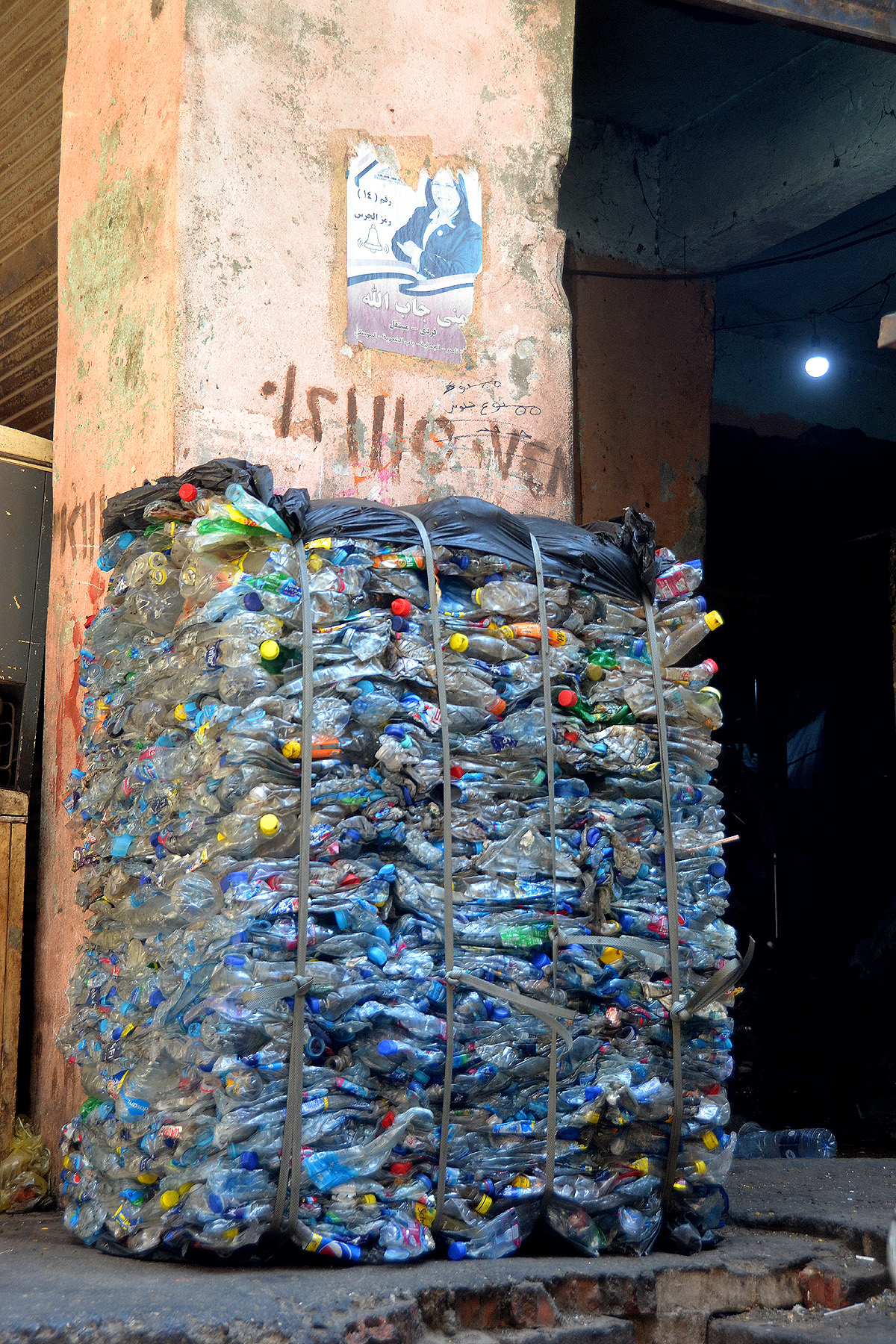

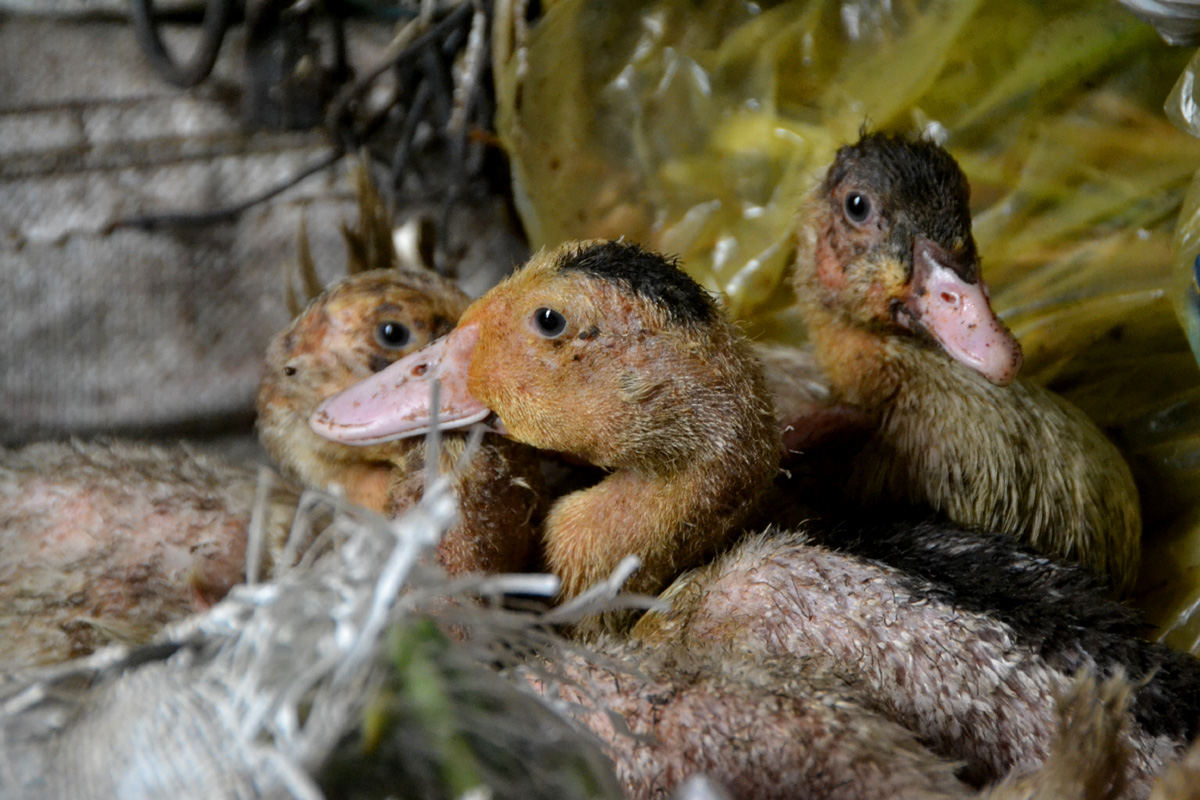

Manshiyat Nasser recycles an astounding 80-90% of the garbage it collects from homes across greater Cairo, compared to 40% recycled in most Western countries.
The district’s vast network of trash collectors, sorters, workshops and recycling centers all working together (in difficult conditions) to recycle trash from every corner of an enormous city… is honestly mind blowing.
For the past 70 years, the zabbaleen have been picking up trash from Cairo residents door-to-door (for a small fee) then transporting it via pick-up trucks to Manshiyat Nasser for sorting.
Every day some 14,000 tons of garbage produced by the bulk of Cairo’s 22 million residents comes through here for sorting, cleaning and processing.
Men transport and recycle the trash with heavy machinery that grinds, melts and shreds the garbage into reusable materials.
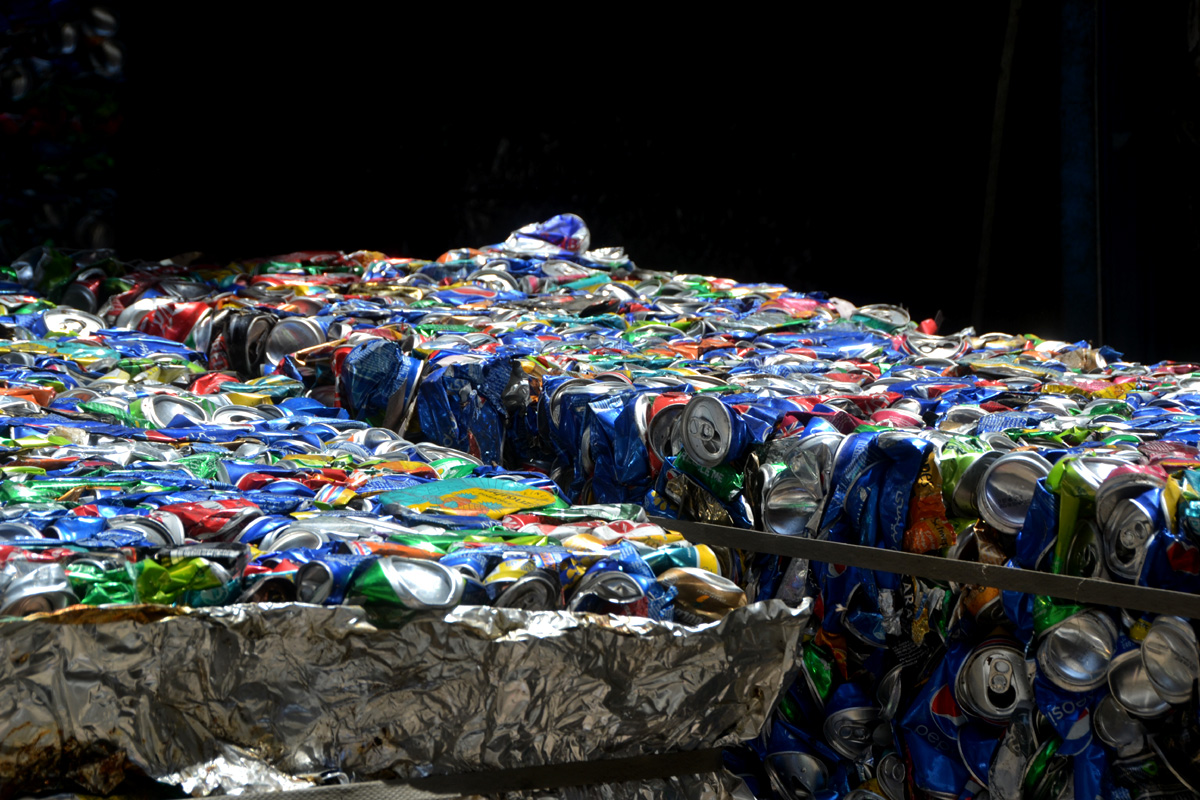

Women often do most of the sorting and separate the trash after it arrives into plastic, paper, metal, etc.
And they do an incredible job, too. A scheme in 2003 to hire private companies for Cairo’s garbage disposal largely failed – and most of the work went back to the zabbaleen.
During the swine flu, officials culled some 350,000 pigs (a crucial part in clearing organic waste) and dealt a further blow to the district’s waste management. But the pigs are back now – you’ll spot them on rooftops eating the waste discarded by the city’s vegetable vendors.
Brands like Pepsi and Nestle have taken notice of the zabbaleen’s efficiency. And they work in Manshiyat Nasser to recycle their plastic bottles. Though a local told me they’d be recycling the bottles anyways – with or without the corporate campaign.
What it’s really like
Manshiyat Nasser gained international attention after the 2009 Oscar-nominated documentary Garbage Dreams, which follows the lives of three teenage boys born into the trade.
And these days, Manshiyat Nasser has become an off-the-beaten-path destination for travelers who want more than a tour bus experience.
Is Garbage City, Cairo a slum?
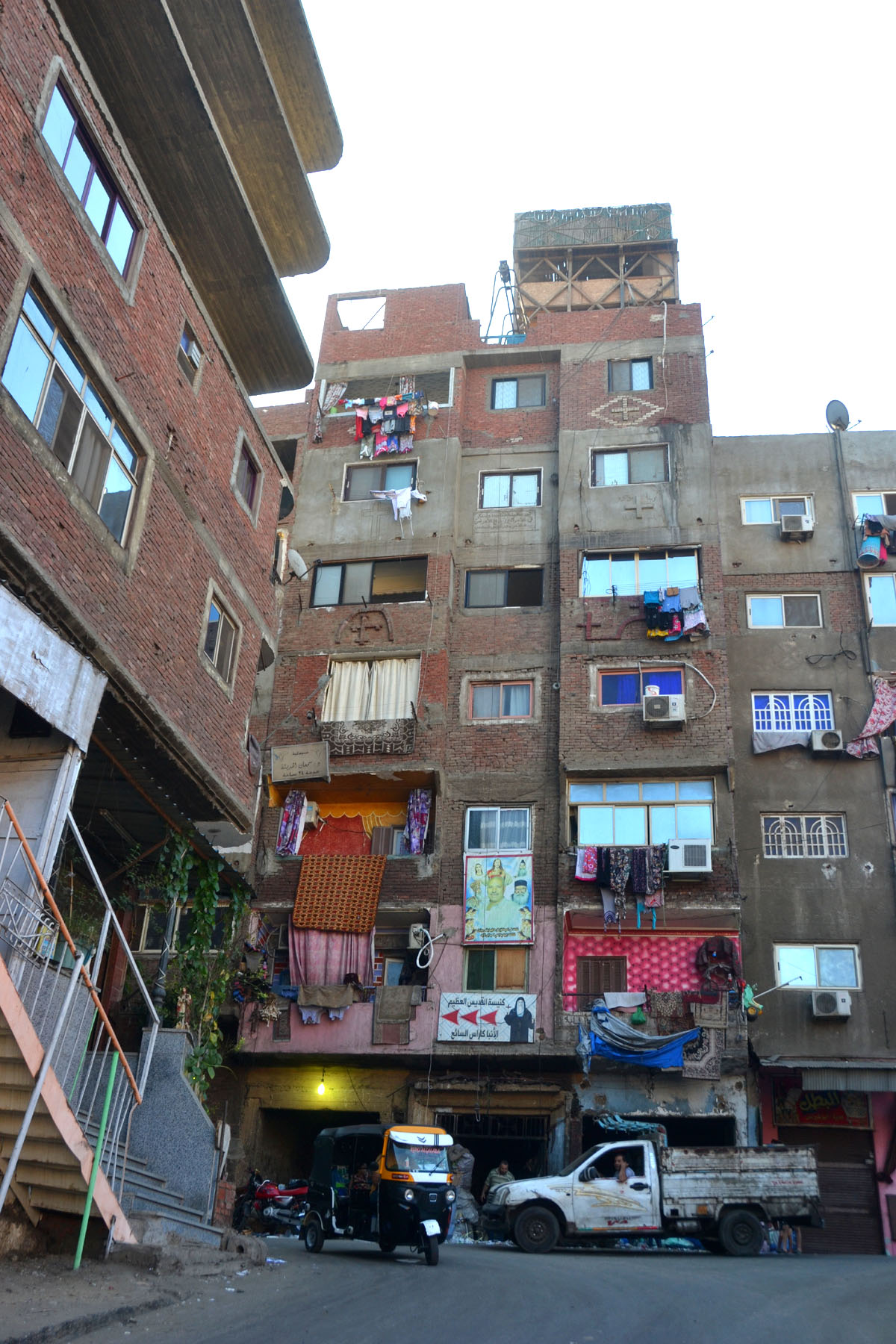

No. It’s a working-class neighborhood with homes that are well-equipped with running water, infrastructure and electricity (how else would they run their recycling machines?).
It’s definitely not a collection of off-grid tin shacks with open-air sewage, like the definition of “slum.”
Manshiyat Nasser is better described as an informal neighborhood where homes were built without official city permits.
The buildings and shops in this district don’t look much different than other working-class neighborhoods across Cairo (minus the trash sorting and recycling workshops of course).
Does the smell “hit you in the face?”
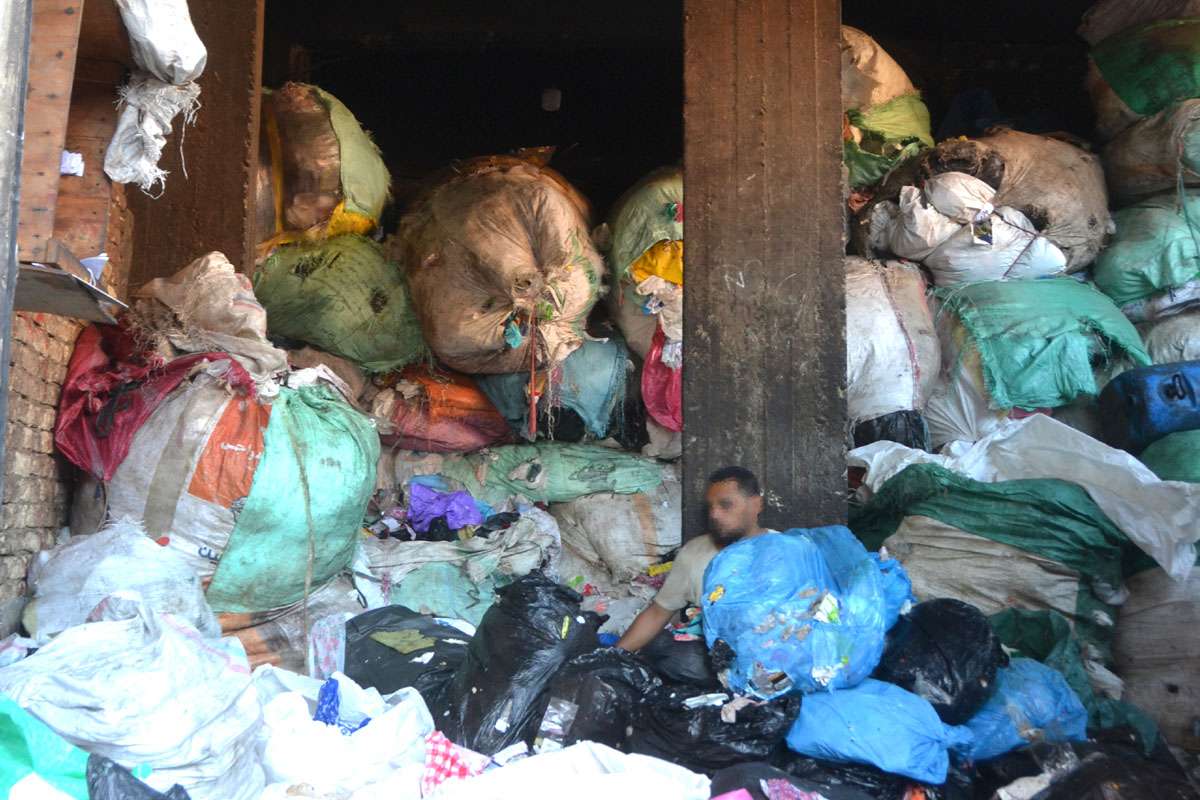

Some parts of the neighborhood (near the sorting halls) smell unsurprisingly like garbage. Other streets don’t smell bad at all.
But you’re not going to pass out or faint away from the stench. Don’t believe the click-bait TikTokers.
And note that Manshiyat Nasser is not on the outskirts of Cairo. It’s also not a village.
It’s inside Greater Cairo in the middle of the city, alongside the busy autostrad. I pass by it whenever I’m going home from downtown.
Manshiyat Nasser is across from the Citadel and next to the City of the Dead. And this means you can easily combine your trip to Garbage City with a stop at the old Mamluk cemetery (also home to many hidden gems).
A brief history of Manshiyat Nasser
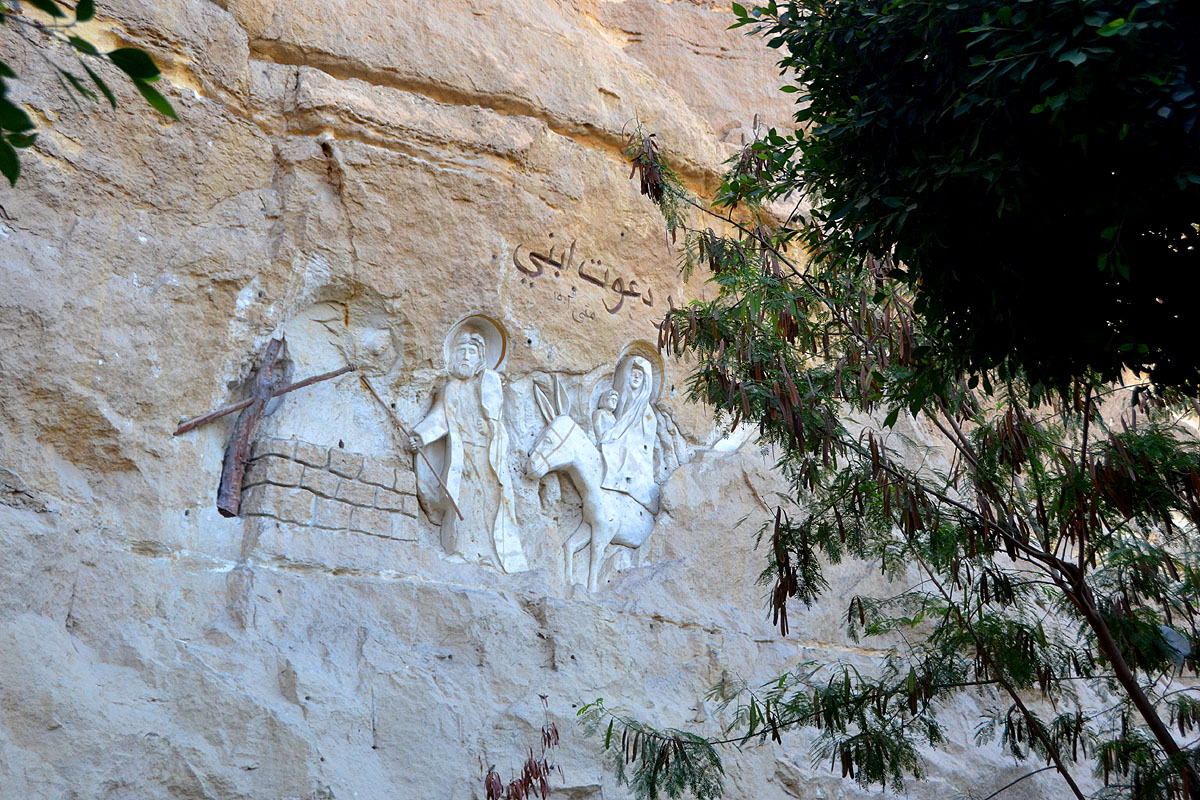

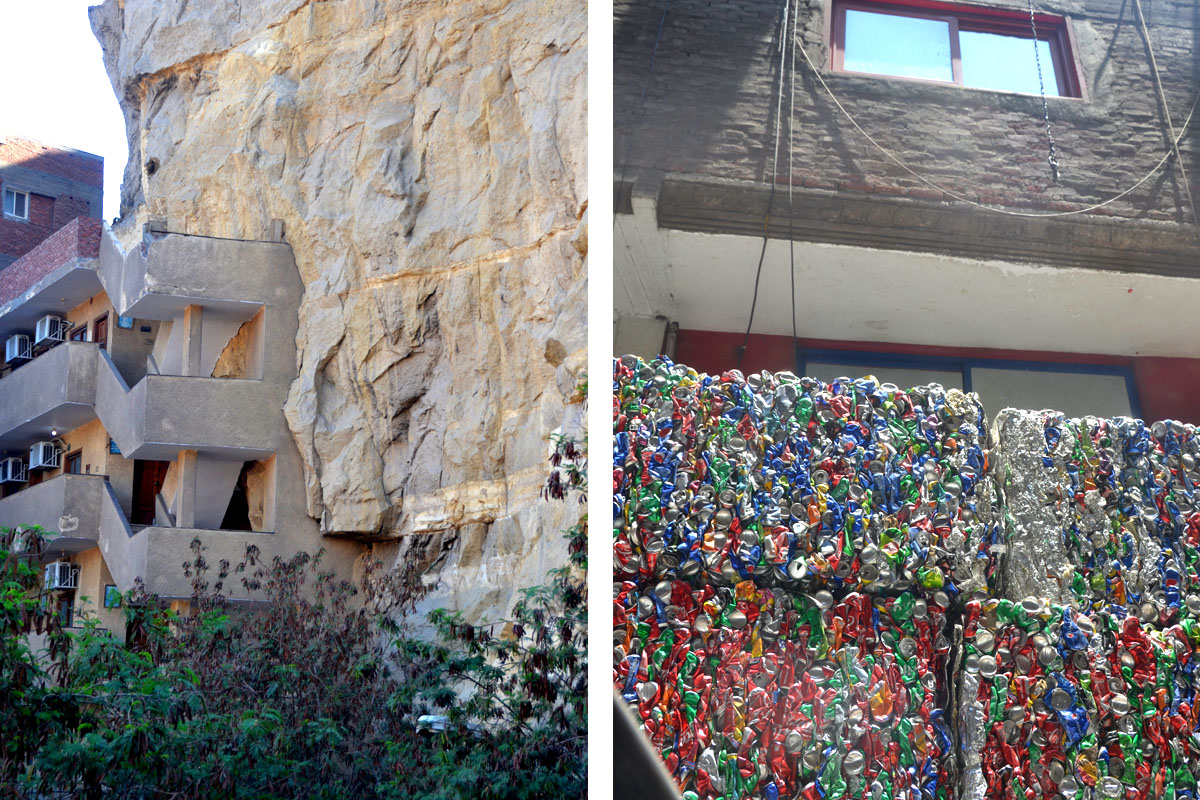

Many of the zabbaleen (Arabic for “trash collectors”) were farmers who fled poverty and poor harvests in Upper Egypt in the 1940s and migrated to Cairo for work.
They initially raised livestock in the Mokattam hills. But they later found waste collecting and recycling a lot more profitable.
And their neighborhood began to grow. Estimates peg the current population at around 30,000 residents.
Many residents in Manshiyat Nasser still identify as Upper Egyptian. A group of women I spoke with told me they’re all from Asyut. They feel connected to their home towns.
How to visit Garbage City, Cairo
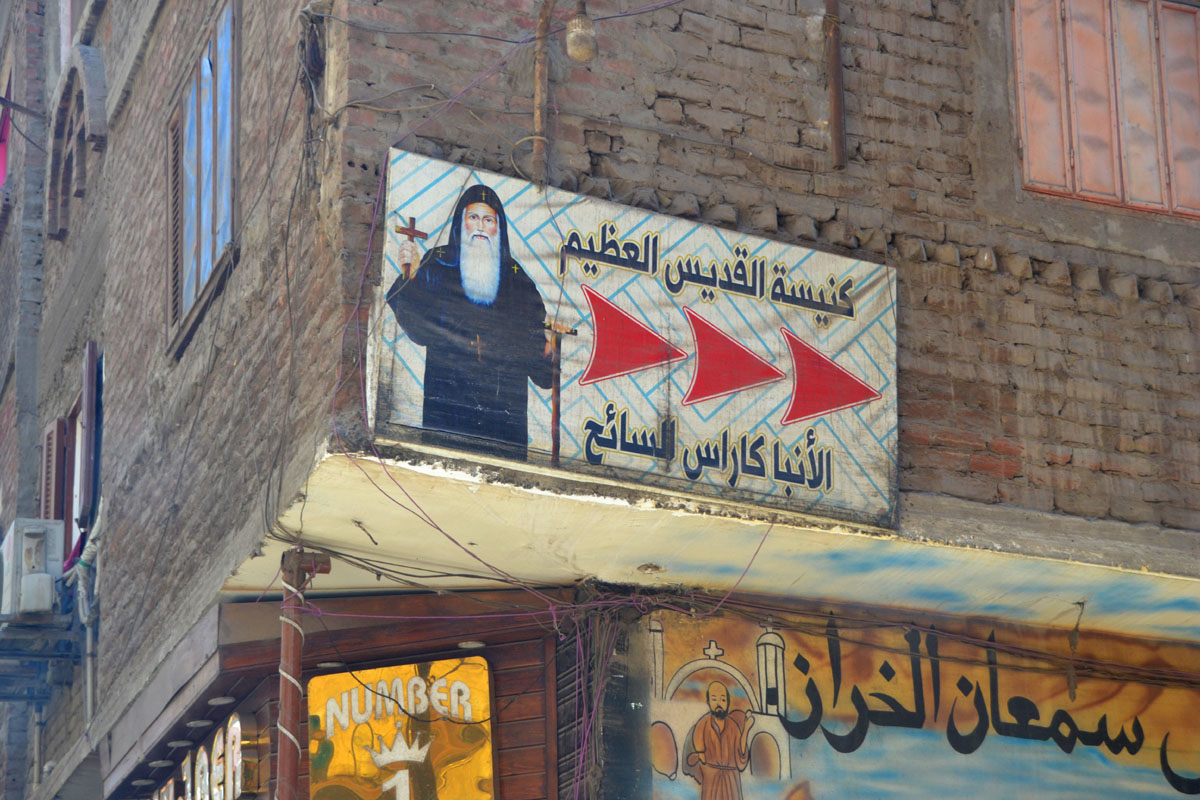

As much as I love solo travel, I highly recommend a tour guide for Garbage City.
The locals are friendly and it’s perfectly safe. But you won’t get access to places like recycling centers and pigeon towers unless you’re with someone who knows the place (and has connections with the residents).
Many tour guides will only take you to the Cave Church – so choose wisely!
Where do you begin to explore this fascinating district?
Here’s my ultimate guide to the best things to do in Garbage City, Cairo:
1. Cave Church
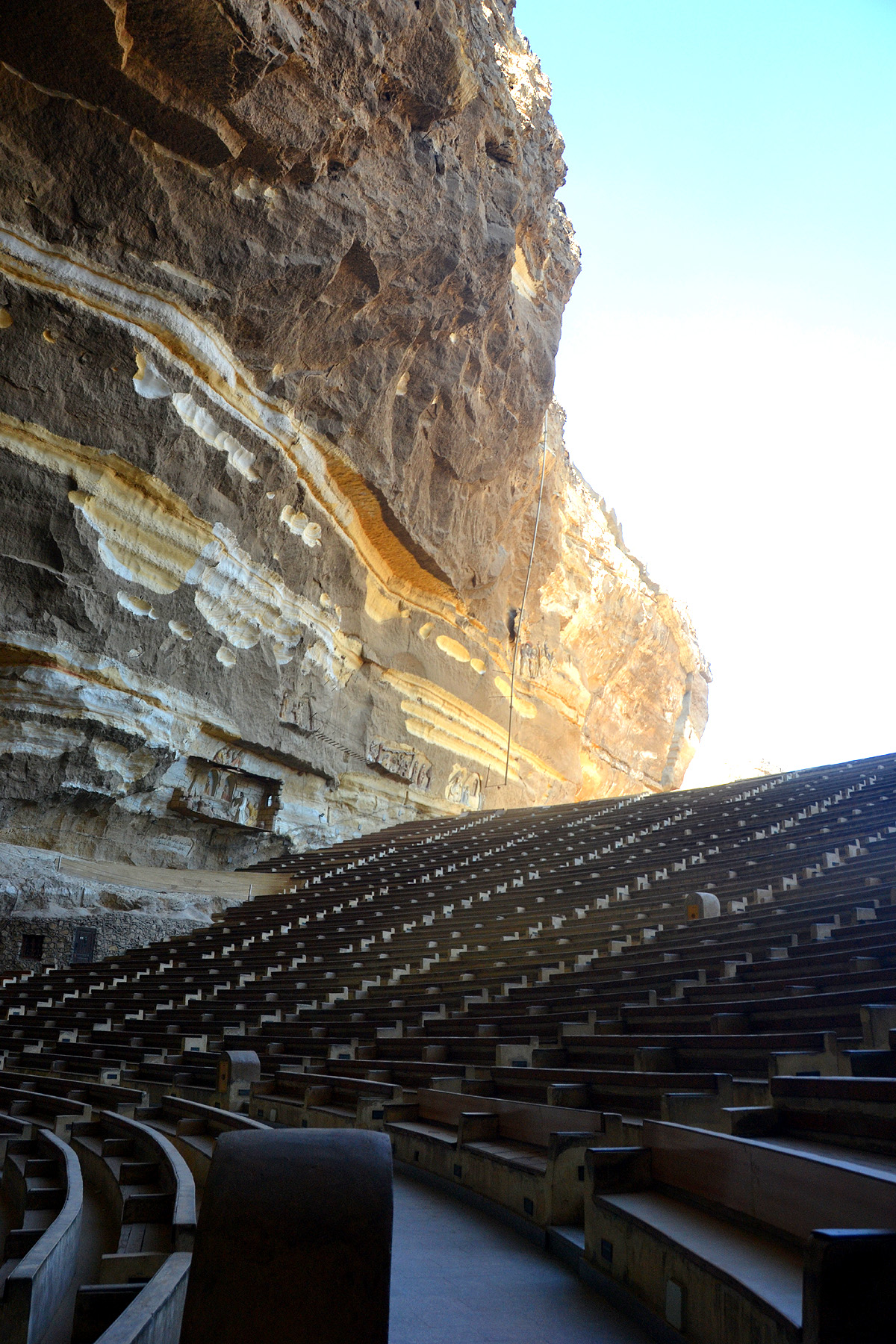

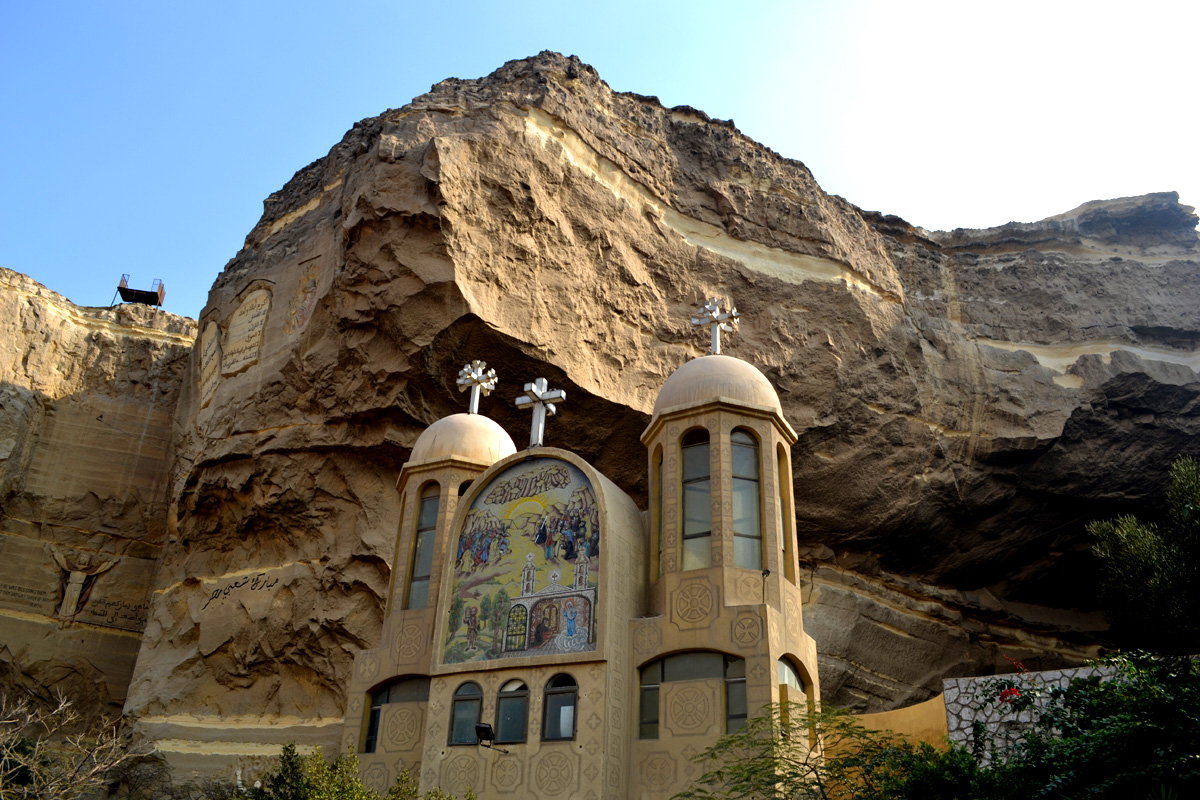

The Cave Church is a massive open-air Coptic church nestled inside a cave. It’s a must-see architectural gem – and the neighborhood’s best-known landmark.
The enormous Cave Church is tucked deep inside a natural cave in the Mokattam Mountain.
And it’s a gorgeous blend of natural splendor and human ingenuity that holds up to 20,000 worshipers.
Services are held enveloped in the rugged cave walls adorned with carvings of Biblical scenes.
And the church is the heart of the local community. It’s a quiet and serene spot dotted with greenery, contrasting with the surrounding noisy streets.
Also known as The Monastery of St. Simon the Tanner, the church was established in 1975 when the zabbaleen began to settle in Mokattam and build more permanent housing. A huge cave was discovered in 1974 and tons of stone was removed to build the current structure.
It’s named after the Coptic saint who lived in 10th-century Egypt and reportedly moved Mokattam Mountain miraculously as proof of his faith.
Moving the mountain
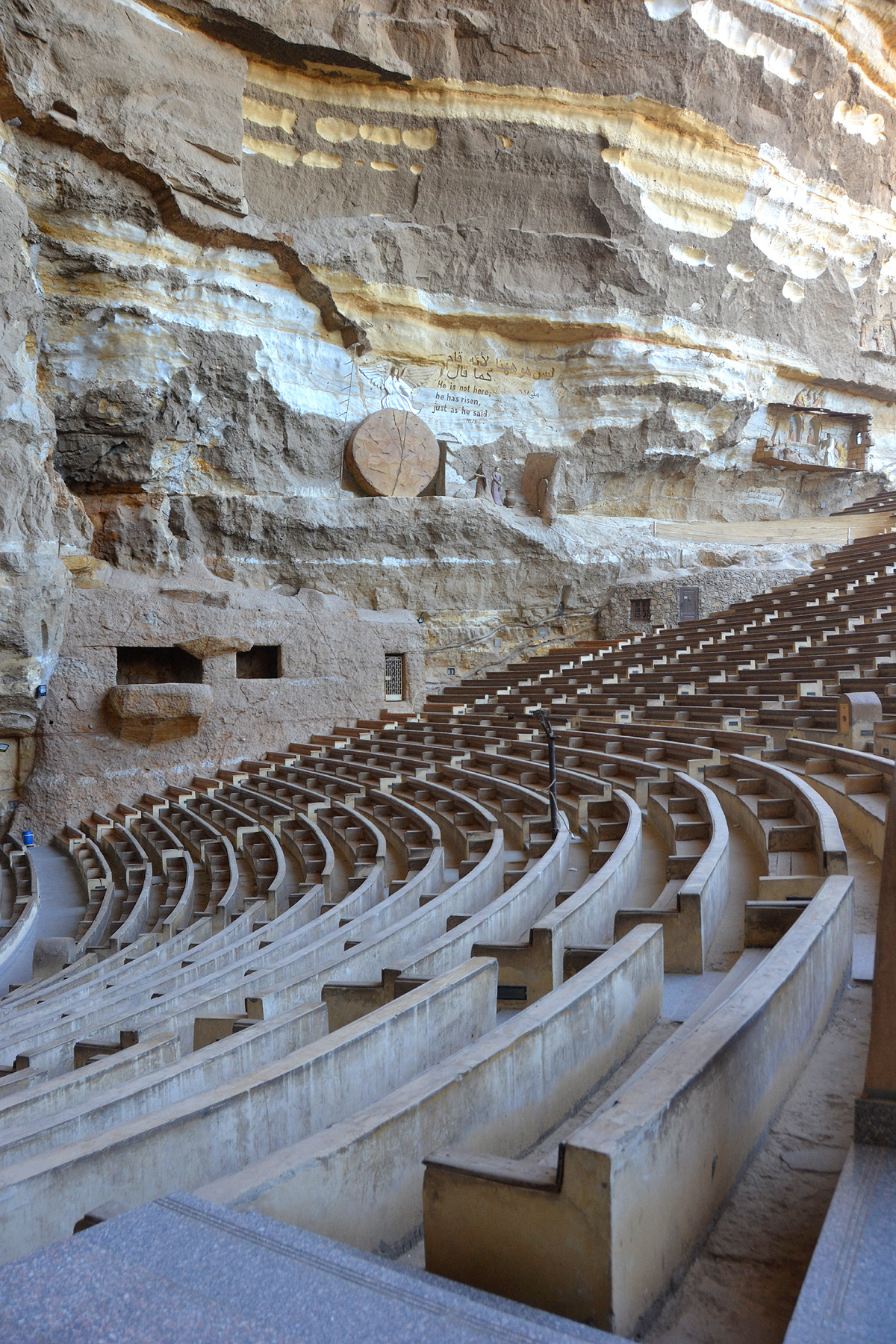

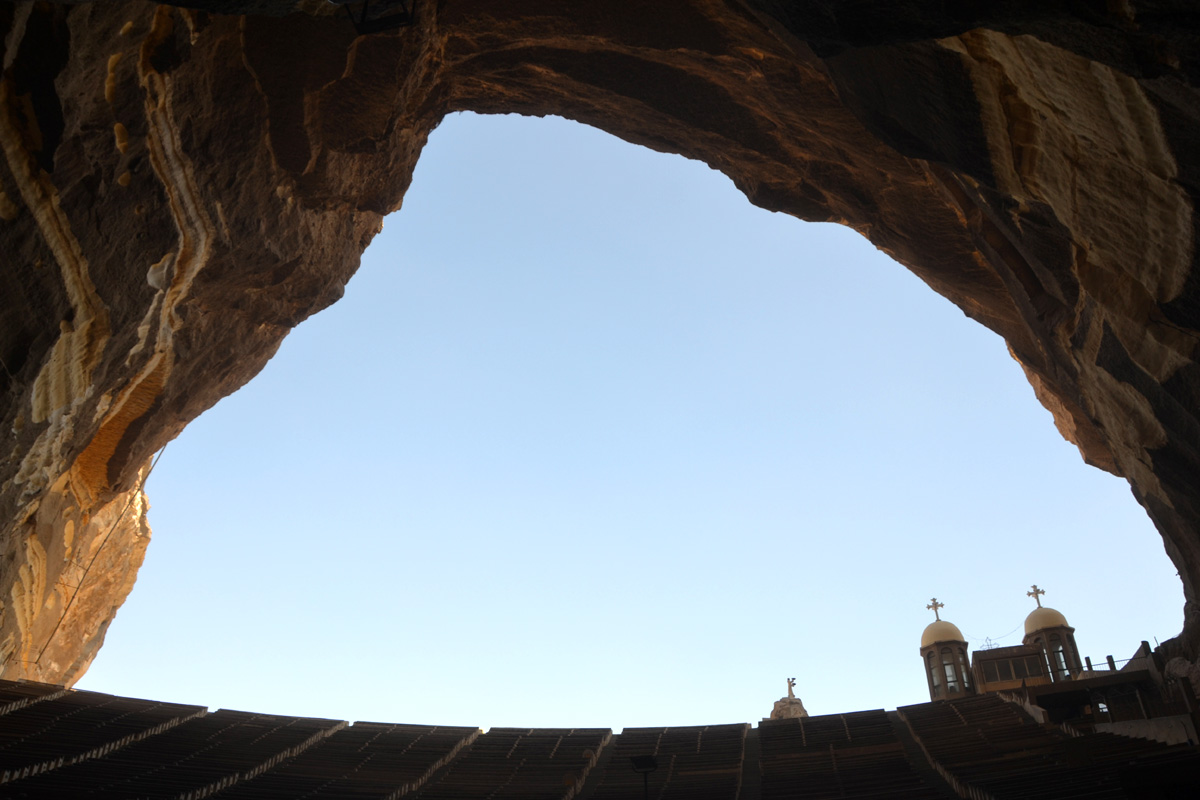

According to traditional Coptic stories, Caliph al-Muizz heard a Biblical verse saying you can move a mountain if you have faith as small as a mustard seed. He then challenged the Egyptian Pope to perform this miracle – or else he’d slaughter all Coptic Christians.
Saint Simon performed the miracle on November 27th, 979 and famously moved the enormous Mokattam Mountain through the help of Coptic prayers. The Caliph Al-Muizz then reportedly converted to Christianity and entered a monastery.
A baptismal font large enough to immerse a grown man was built for the caliph at the Church of Saint Mercurius, in modern-day Coptic Cairo. So if that’s on your Cairo itinerary, you can see the font known as the “Baptistery of the Sultan” right inside the church.
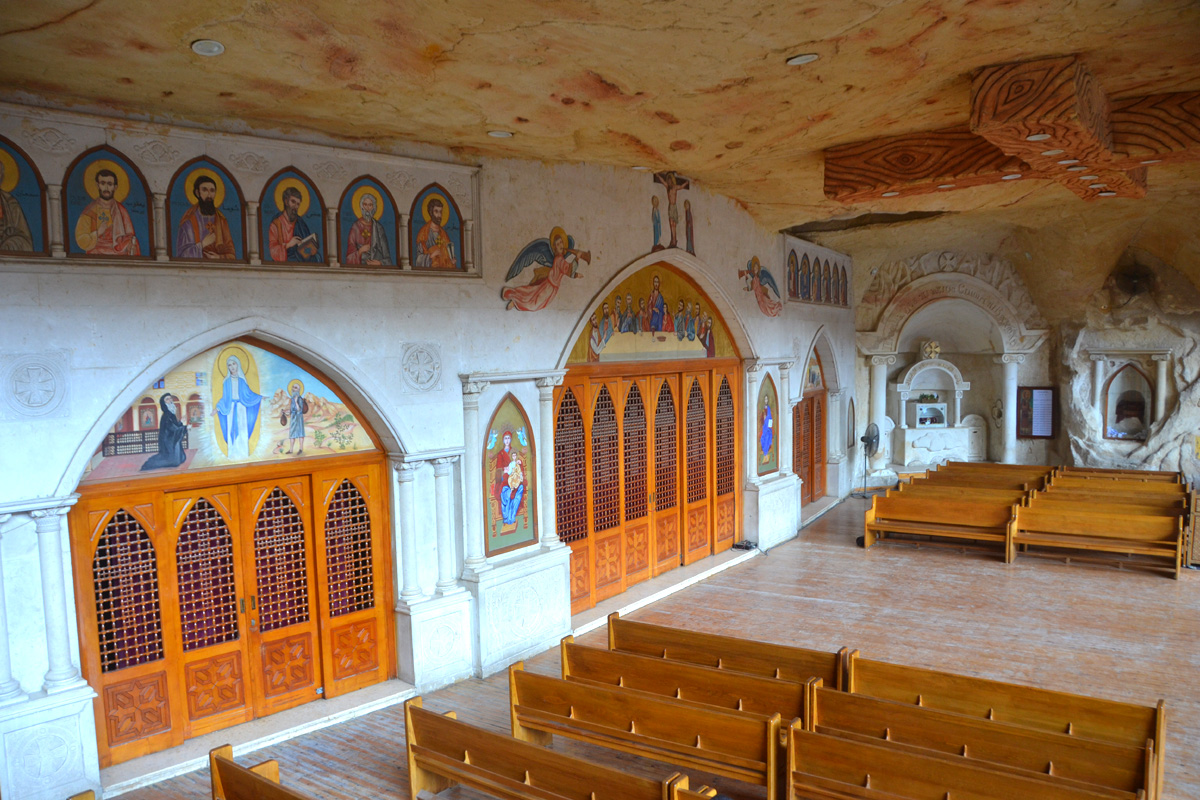

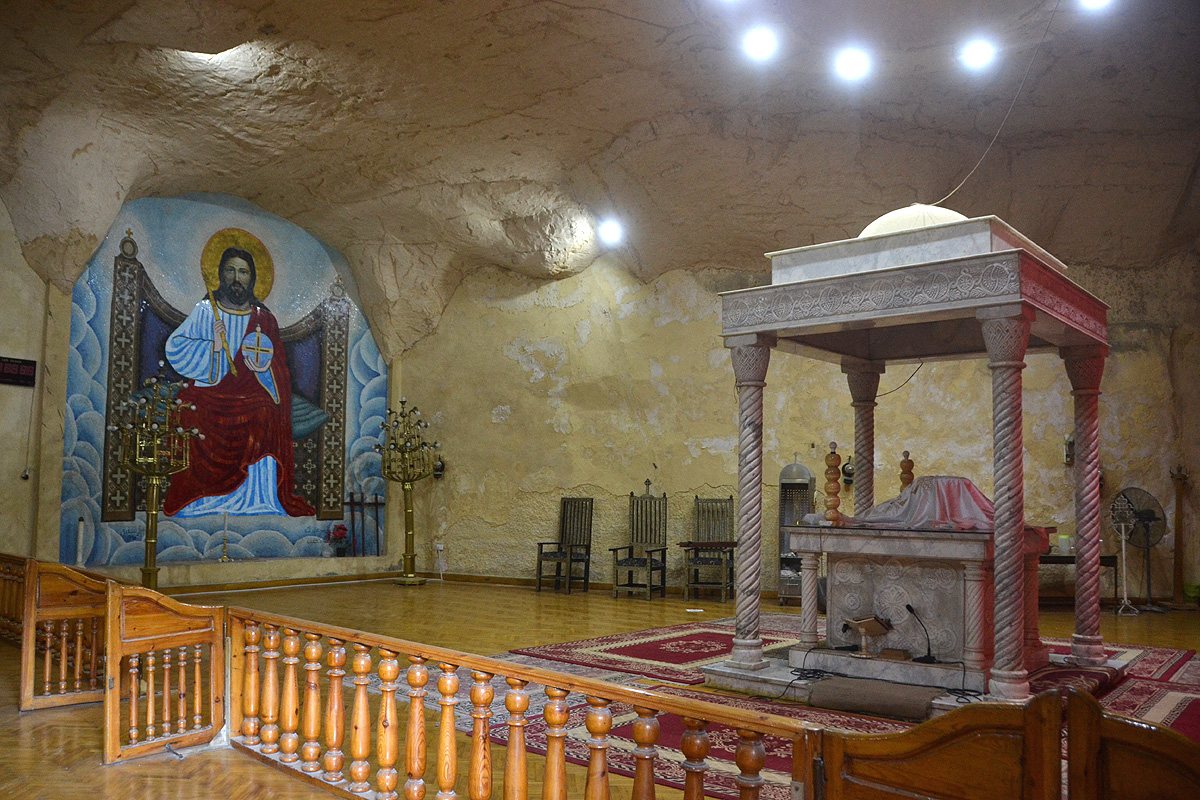

Today, the Cave Church is the largest church in the Middle East.
The large amphitheater-style hall has a wide alter with colorful paintings. The walls of the church are adorned with reliefs of Biblical figures carved right into the rock.
Seven individual chapels make up the St. Simon Monastery, and the vast complex includes an educational center and school for the deaf.
Behind the altar, the church keeps the remains of St. Simon and the clay pot he reportedly used to carry water to the poor.
The Cave Church is stunning to experience – and an architectural marvel that blends seamlessly into the rugged environment.
A few TripAdvisor reviewers have called this church more impressive than the pyramids. And it’s definitely one of my favorite Cairo hidden gems.
2. Hill carvings
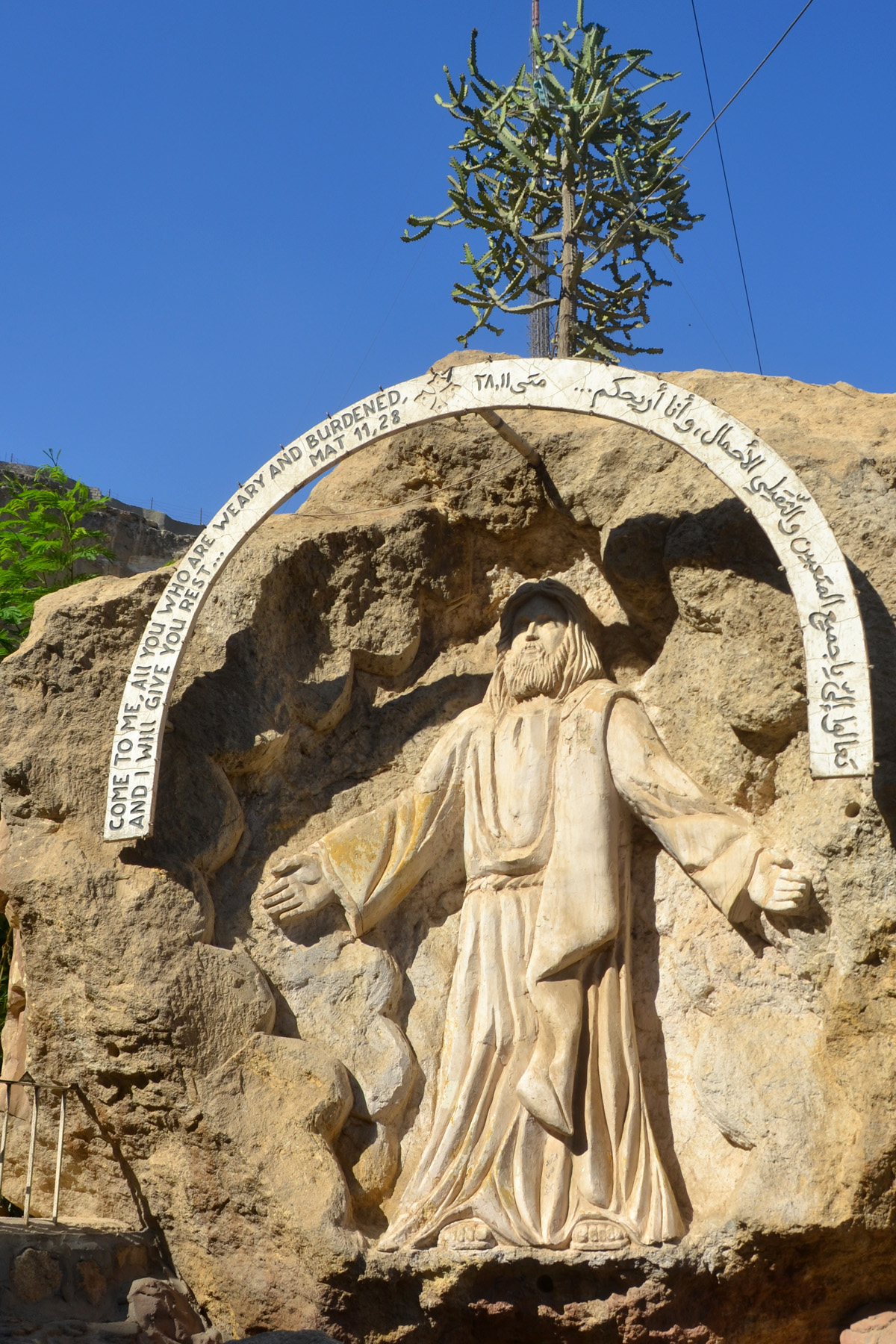

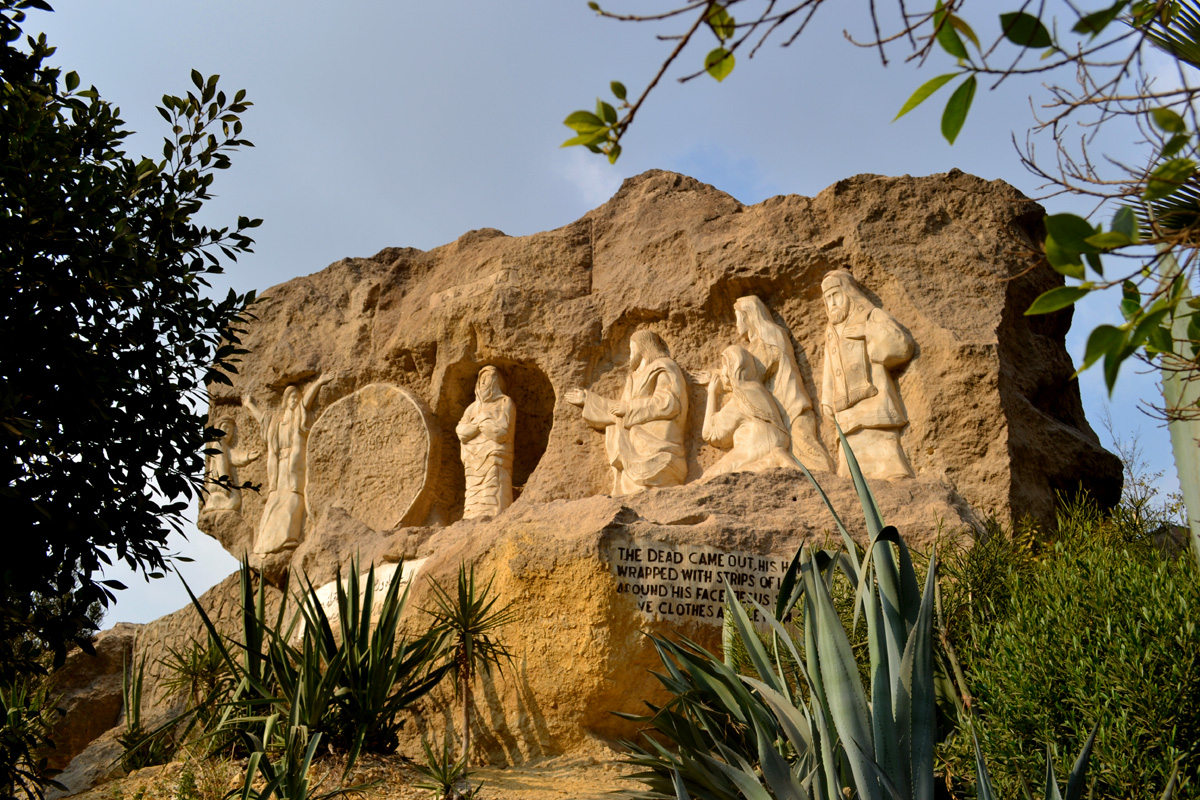

Don’t miss the art surrounding the Cave Church and the Biblical scenes carved right into the mountain by a Polish artist known locally as “spiderman.”
The beautiful sculptures include Biblical scenes, figures of the Holy Family and verses from the Bible carved right inside the rugged mountain walls.
The reliefs are the work of Krakow-native Mariusz Dybich, who spent two decades sculpting inside the Mokattam hills. The breathtaking sculptures were done to fulfill the wishes of the church’s parish priest, who met Dybich in the 1990s and told him to “transform the mountain into an open Bible.”
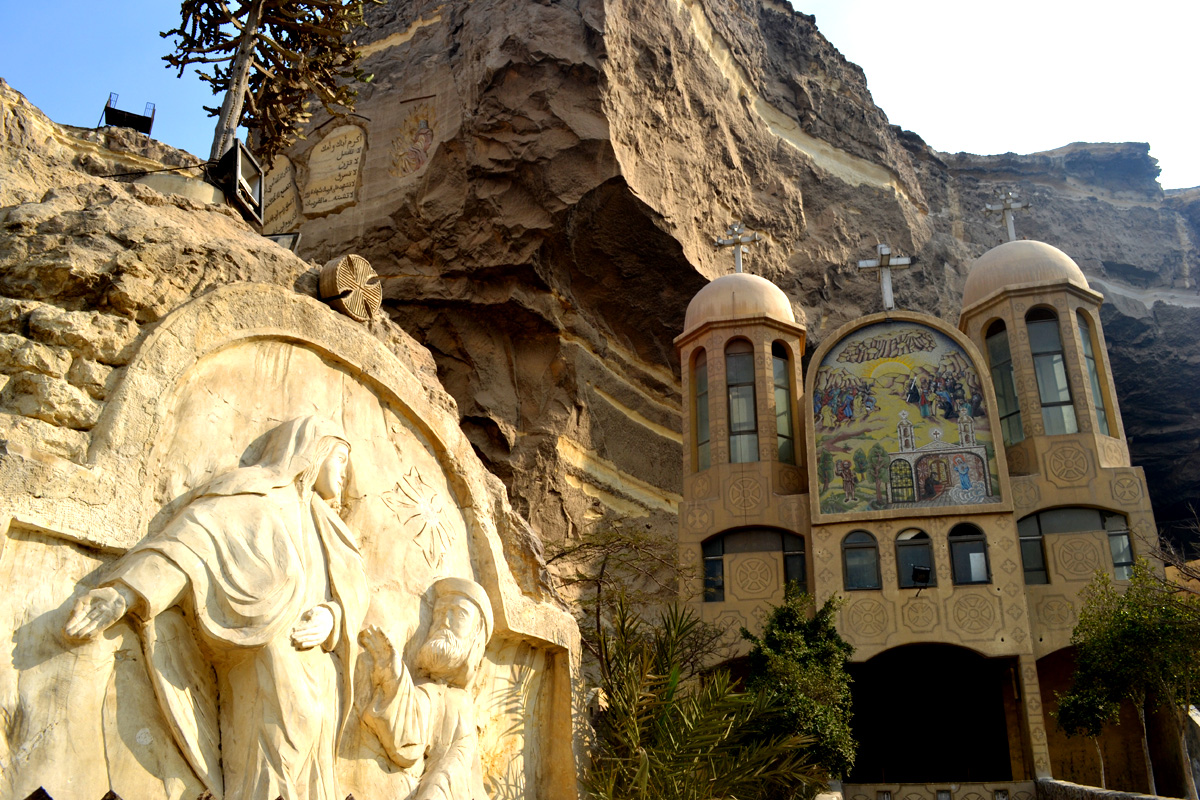

Dybich had been looking for an opportunity to serve God – and found his calling up in the commanding hills of Manshiyat Nasser.
The Krakow-native had no previous sculpting experience. But he went on to complete some 70 sculptures that give the Cave Church an ancient and fantastical look.
“It’s surprising to many that a European man willingly leaves his country to work in a poor slum area,” Dybich said in an interview. “But I believe it’s God who sent me here.”
Dybich has lived in Cairo for three decades and speaks Arabic fluently. He’s married to an Egyptian woman and has two daughters.
3. Zip line
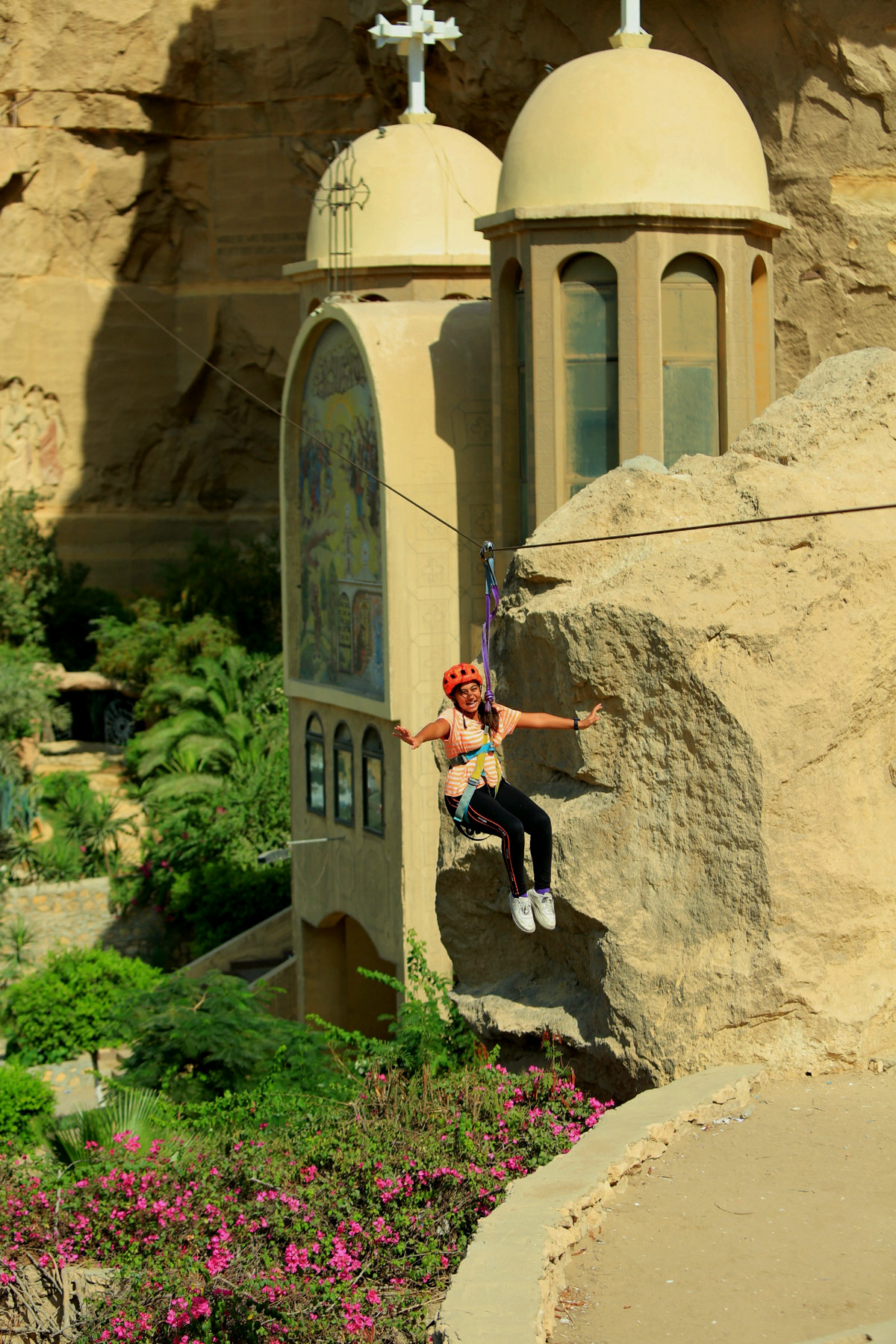

(photo courtesy Mario High Ropes)
Head to the adrenaline park and ride a zip line across the hills surrounding the Cave Church for some incredible views of the neighborhood.
Zoom past the church domes and get a closer look at the hill carvings. Or maneuver through the obstacles at the adventure rope course.
The adventure park is managed by Polish artist Dybich aka Mario – the sculptor who carved the hillside Biblical scenes at the Cave Church. And it’s definitely a must-try for the sporty and adventurous traveler.
The zip line is about 500 metres long and lasts about 30 seconds of heart-pumping fun.
There’s also rock climbing, including a beginner’s artificial climbing wall and a more challenging wall on the side of the Mokattam mountain.
Check with your tour guide to reserve a ride, or book directly with Mario High Ropes.
4. Plastic recycling workshop
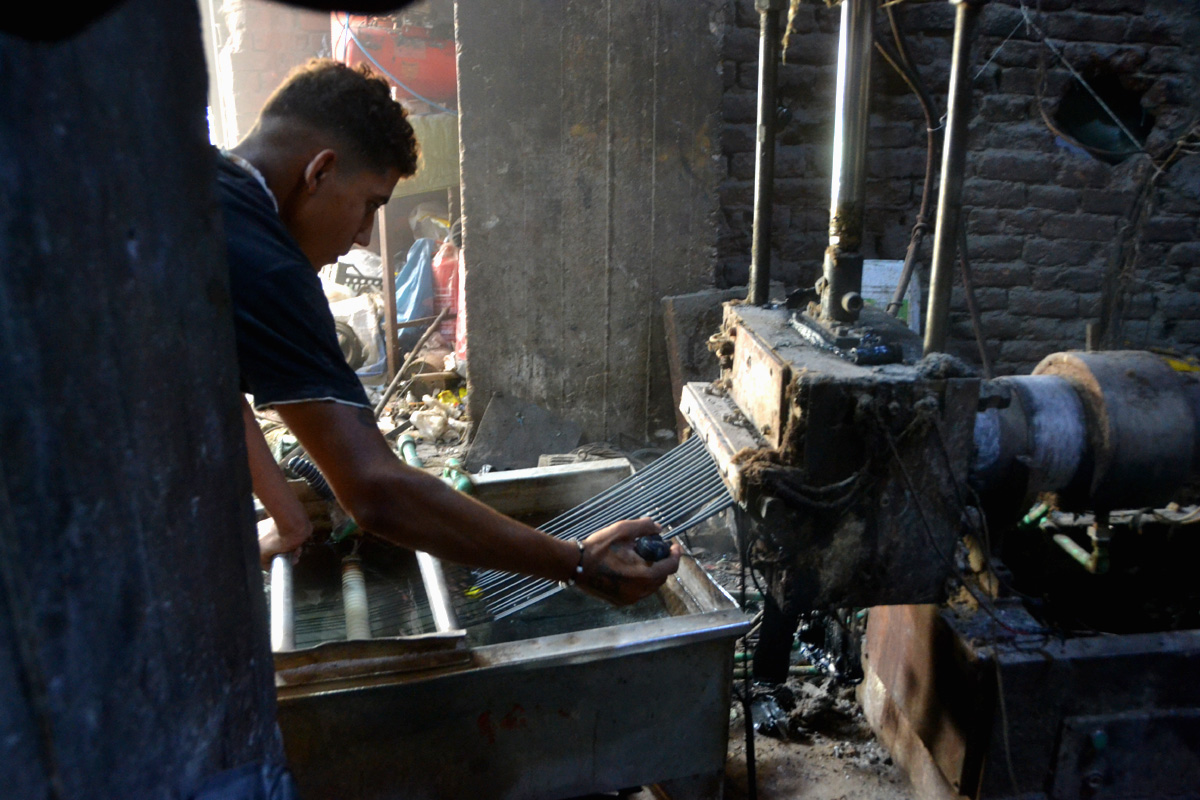

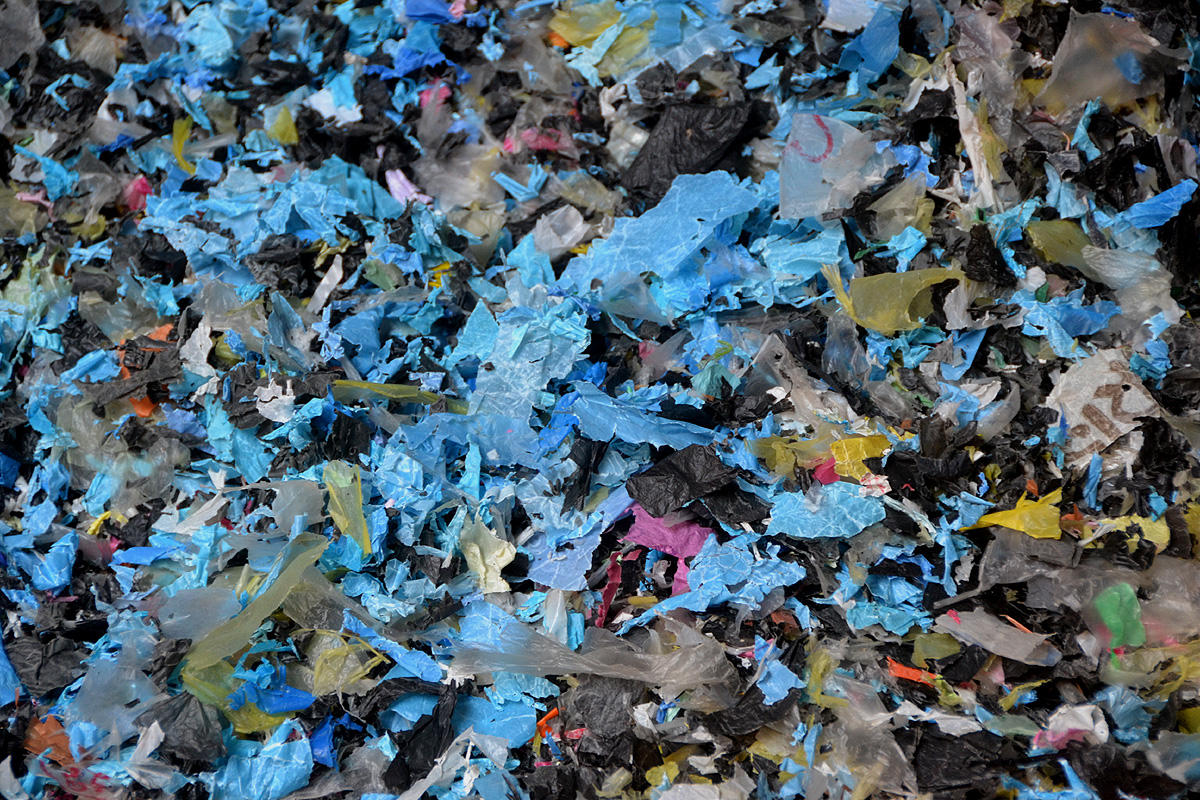

Visit a plastic recycling workshop to get an insider’s look at Manshiyat Nasser’s well-oiled recycling system.
I visited a small workshop where shredded plastic bags (which felt like clouds to walk on) filled an enormous hall. The shredded bags (pictured above) were stuffed into machines that melted them into long strips that were then diced into tiny plastic pellets.
These plastic pellets (pictured bellow, each about the size of a black pepper seed) are sold to factories, where they’re used to make anything from shoe soles to coat hangers and polyester clothing.
If you’ve never seen plastic recycled, then a visit to Manshiyat Nasser is truly eye-opening. And it’s especially relevant in our times of global warming and the push towards sustainability.
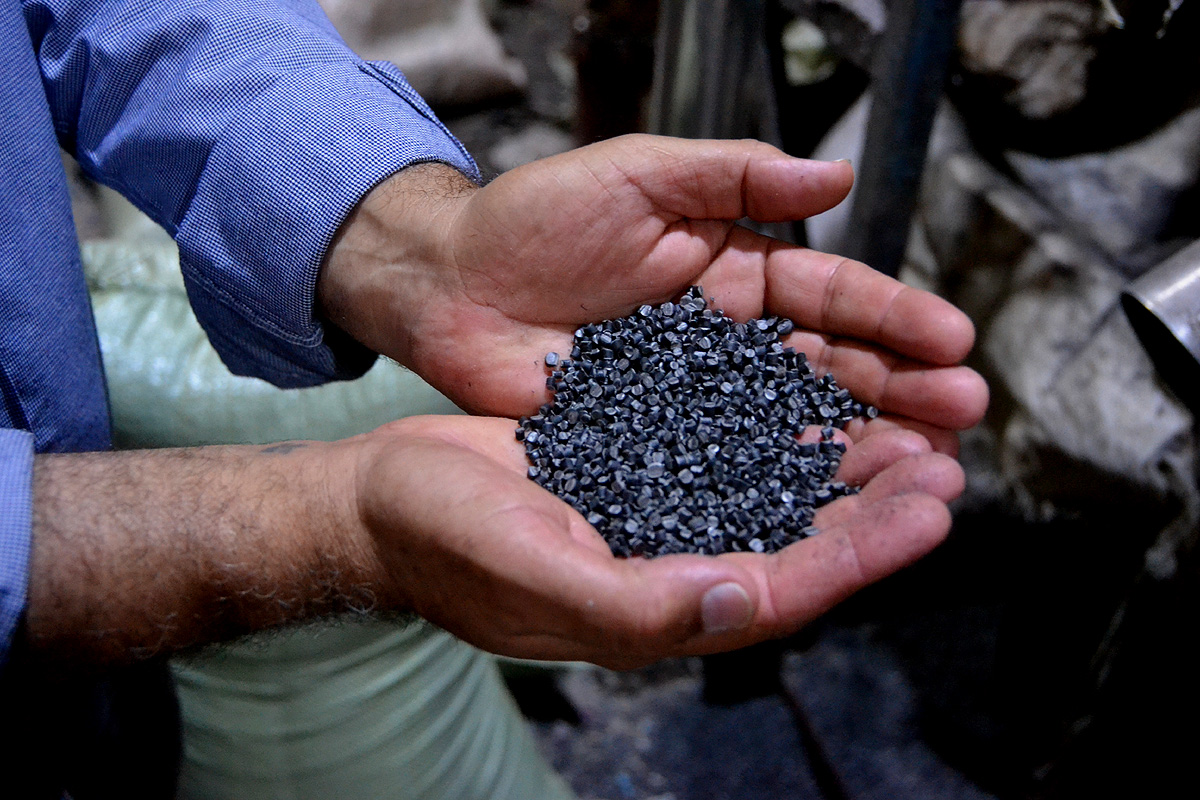

Manshiyat Nasser is the recycling capital of Egypt and a true “recycling city” to be proud of – and not be ashamed of, local residents said in an interview.
Take a walk through the neighborhood and you’ll see enormous cubes of crushed aluminum cans glistening in the sun and plastic bottles stacked in front of workshops waiting to be recycled.
As one of the world’s most efficient recycling systems, the zabbaleen received world recognition at the 1992 Rio Earth Summit. Other developing cities like Manila and Mumbai were encouraged to use their model.
And the zabbaleen have financed much of that machinery and know-how, investing an estimated 2 million EGP for pick-up trucks, compactors, grinders, smelters and processors to recycle tons of waste.
It’s pretty amazing to see. Though it gets hot inside the workshops, so dress accordingly and wear comfortable, closed-toe shoes.
5. APE shops
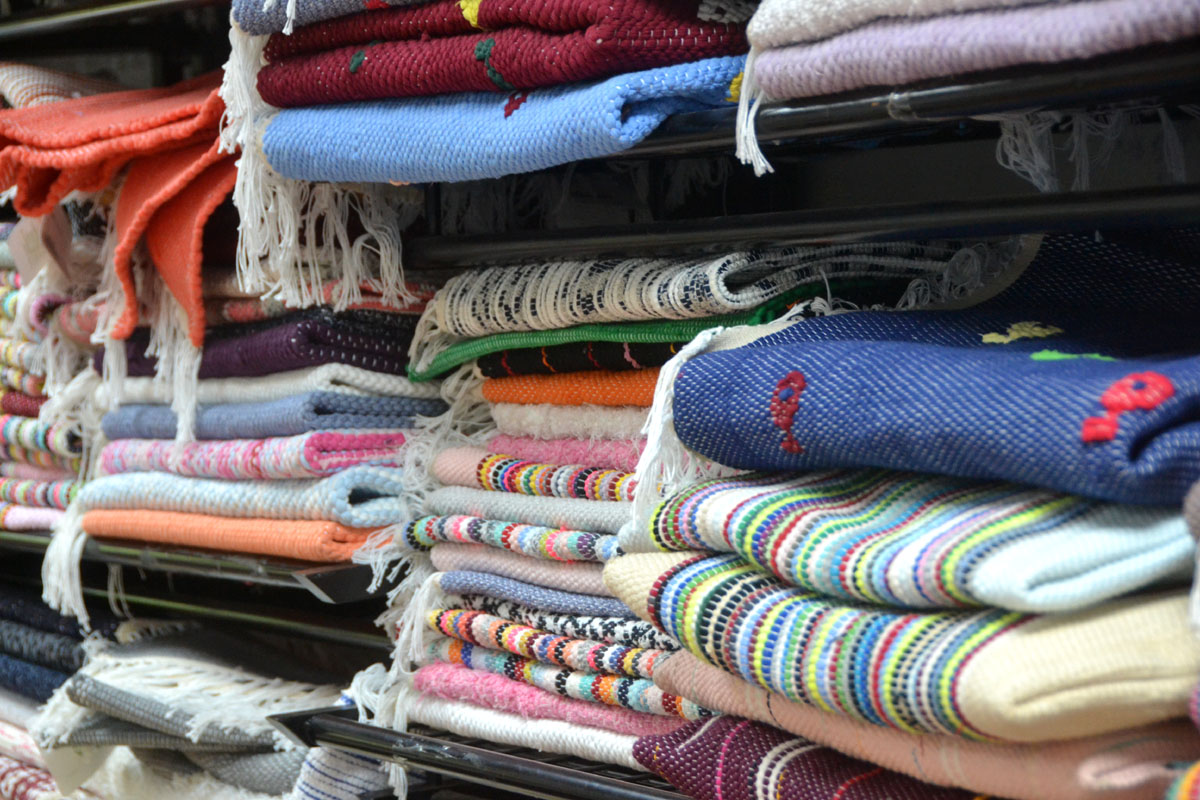



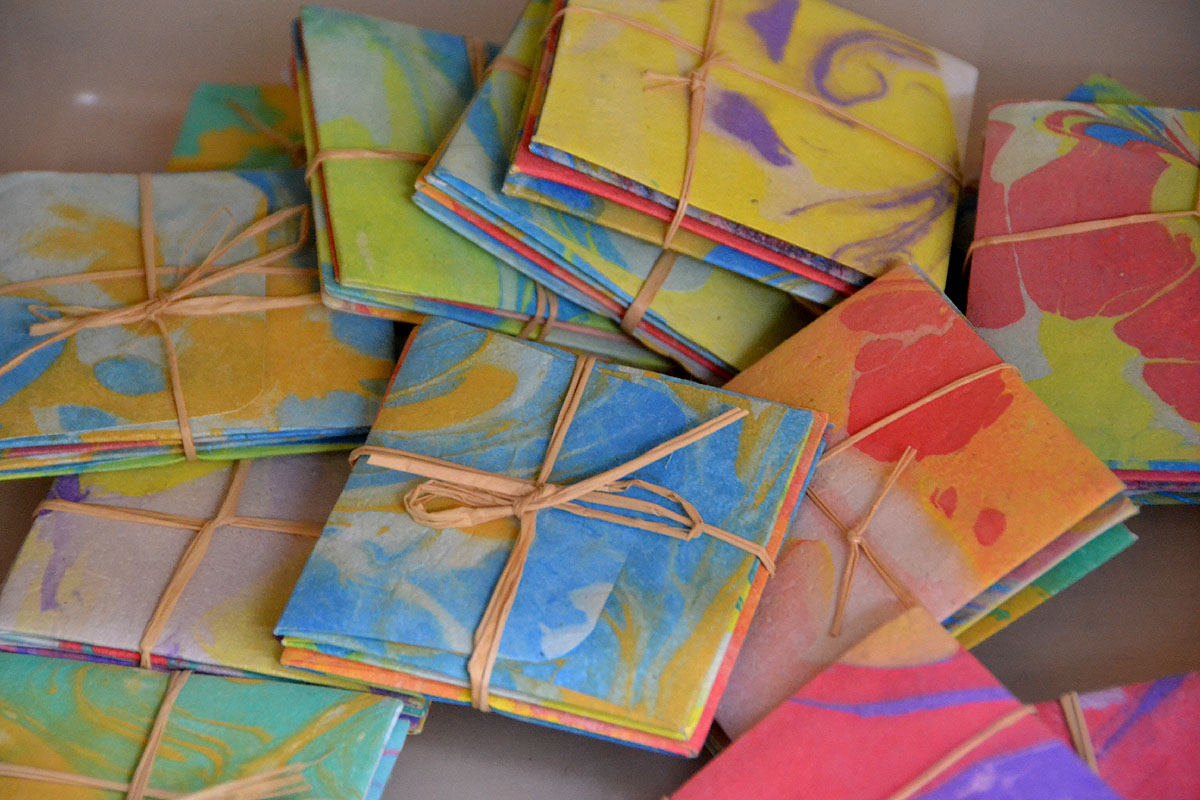

Don’t miss this hidden gem where scraps of fabric, paper and glass are upcycled and transformed into beautiful handicrafts.
The APE shops are perfect to shop for some truly original Egyptian souvenirs – from hair scrunchies and needlepoint cards to purses made out of soda can tabs.
Tucked inside an airy complex lined with bougainvillea, the shops are run by the Association for the Protection of the Environment (APE), a local NGO that uplifts the women and youth of the garbage collector community.
Their programs range from literacy classes and environmental protection to hygiene programs and health services. They’re also incredible at women empowerment.
Stroll through the APE complex and take a look inside their paper recycling workshop, where pulp is transformed into gorgeous greeting cards with embedded flower petals. And don’t miss the sewing and weaving workshops where women sew purses and work at tall wooden looms to weave cotton rugs.
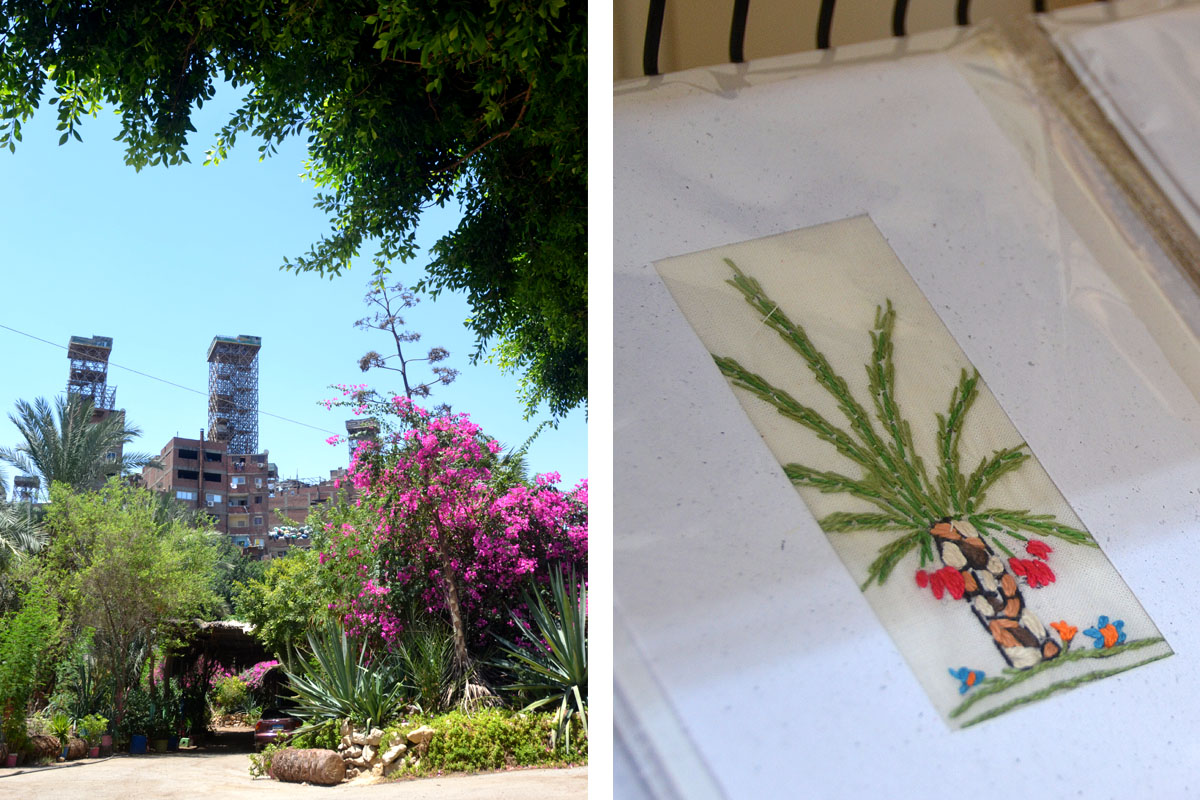

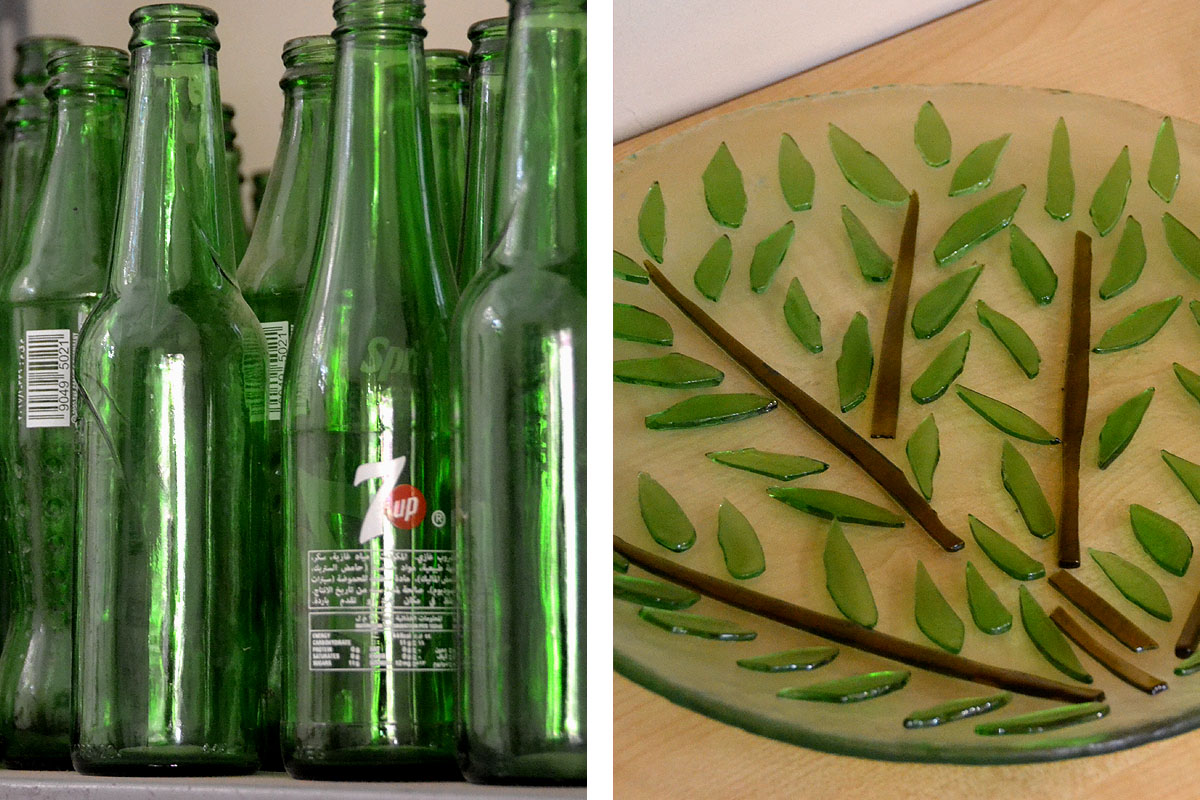

Take a look outside the enormous eco garden, planted with indigenous plants and some that date back to Ancient Egypt. The garden boosts the district’s air quality and provides useful fruit and much-needed shade.
Finish your visit with some shopping at APE’s two showrooms. There’s one shop downstairs with jewelry, purses and paper products, and another upstairs with quilts, textiles, toys and rugs.
It’s an incredible place to stock up on souvenirs and unique gifts from Egypt. They make some great Christmas homeware too!
And if you can’t make it to the APE shops in Manshiyat Nasser, don’t miss their boutique inside the Souq el Fustat in Coptic Cairo and their select items sold at Fair Trade Egypt (in Zamalek, Maadi and Heliopolis). They also have a webshop with delivery across Egypt.
6. Pigeon tower
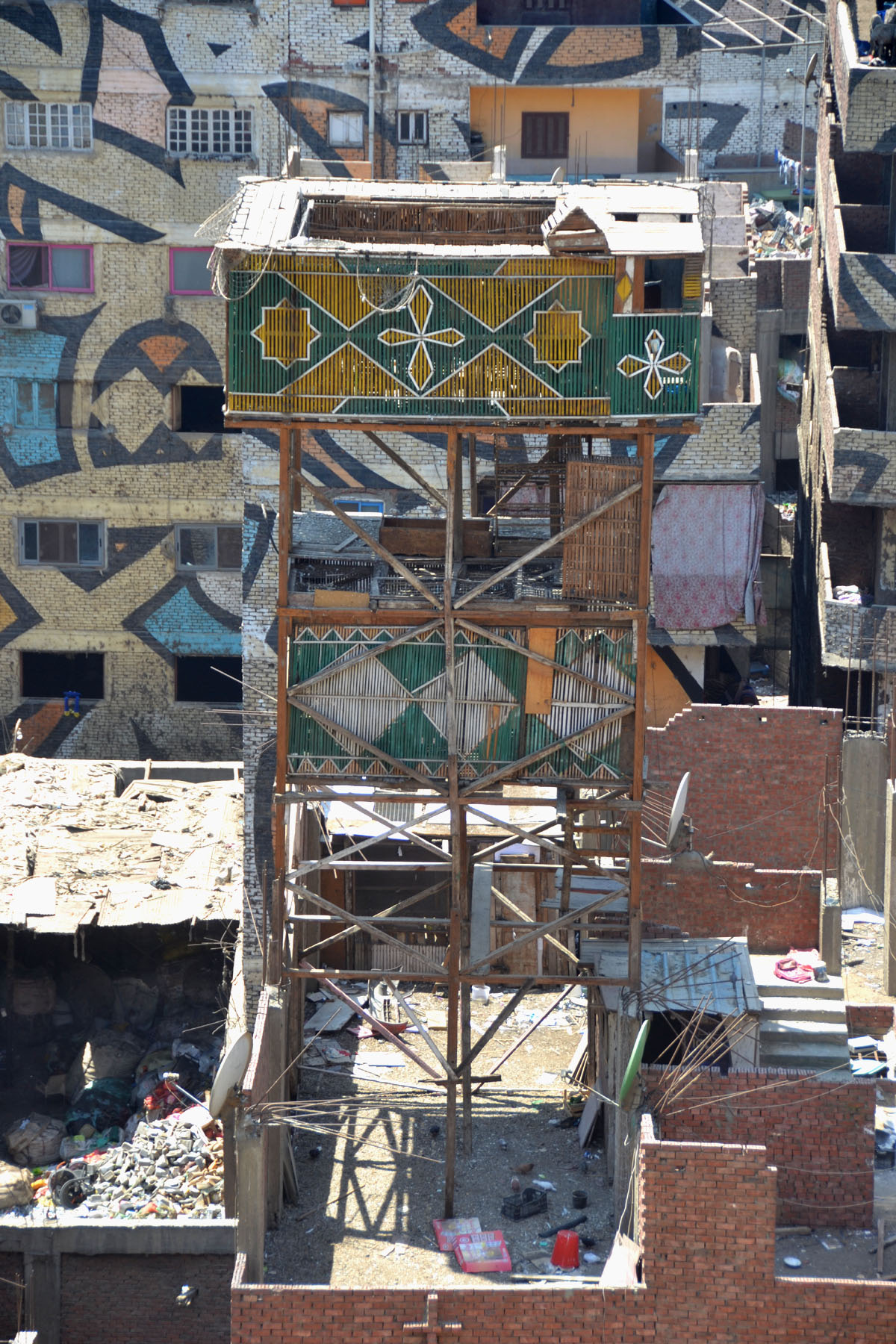

Climb a pigeon tower for some incredible views of the city – and a unique look at how pigeons are bred for a local delicacy.
Manshiyat Nasser has some gravity-defying pigeon towers built atop tall apartment blocks to house pigeons. The pigeons are used to make hamam mahshi, or stuffed pigeon, a specialty dish dating back to Ancient Egypt made with pigeons, rice, onions and spices.
Climbing up a ladder to the top of a pigeon tower is for the daring only. But it’s an unforgettable experience and an insider’s look at a unique feature of Egyptian culture.
7. eL Seed mural
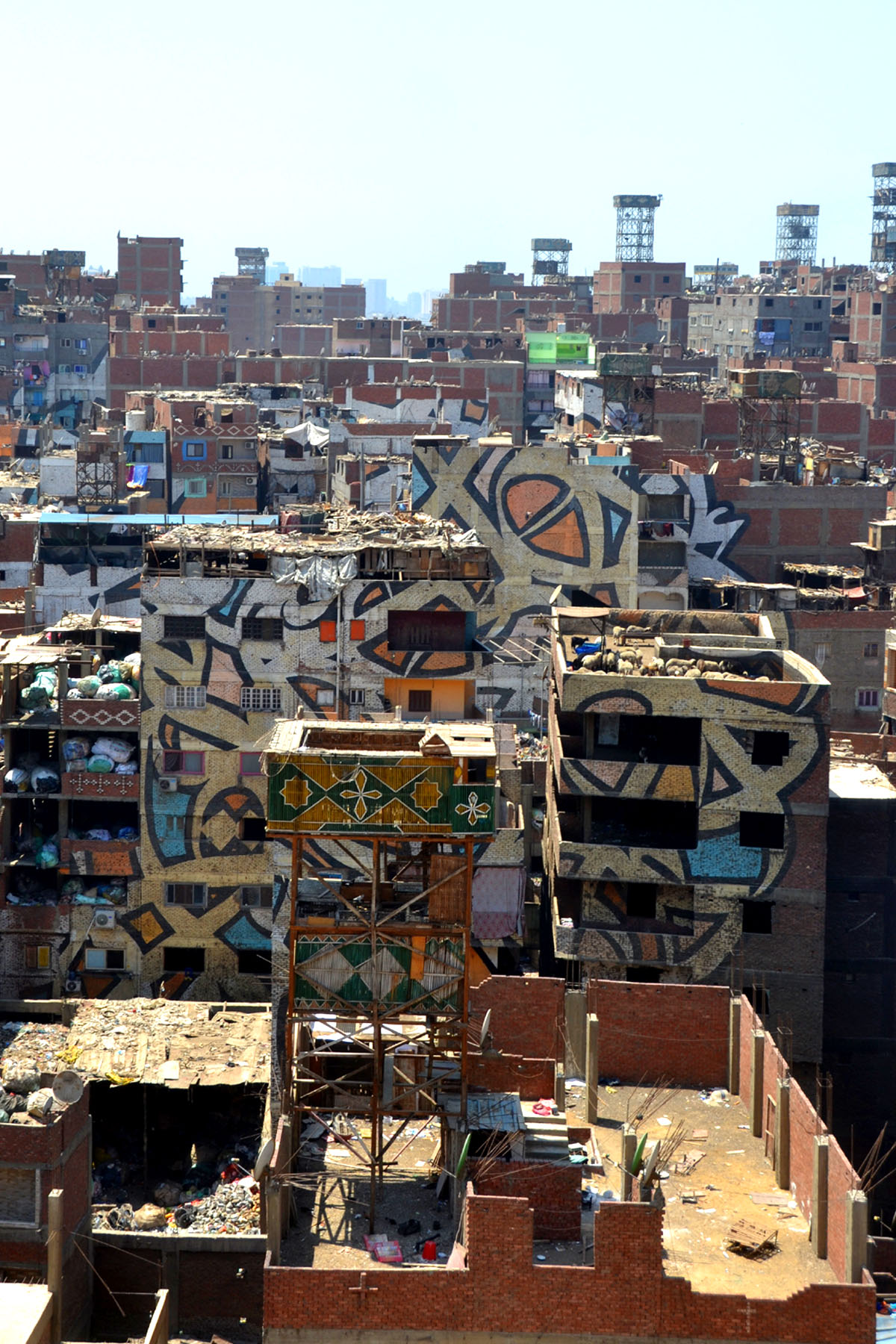

This breathtaking mural by Tunisian-French artist eL Seed spans across nearly 50 buildings. And it makes a powerful statement about the misconceptions surrounding Manshiyat Nasser.
Fittingly titled Perception, the mural forms a cohesive circle of colorful Arabic calligraphy when viewed above from a certain vantage point.
The calligraphy is a quote by 3rd-century Coptic Bishop Saint Athanasius, who said: “Anyone who wants to see the sunlight clearly needs to wipe his eye first.”
The mural is a powerful statement about those who can’t see reality – and judge people based on their differences.
The mural was completed in 2016. And since then, some new construction has gone up that obscures the perfect circle. But Perception is still a stunning piece to see – and a living artwork that’s meaningful to the community.
Creating the mural
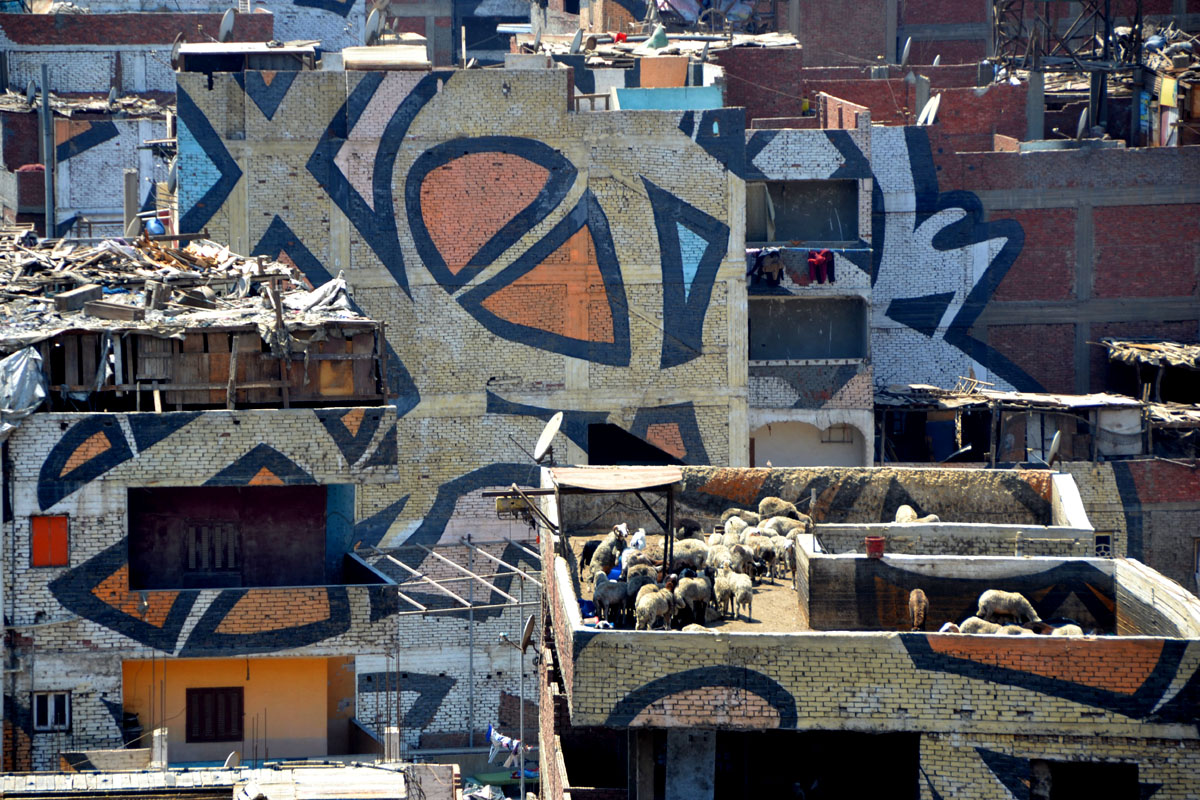

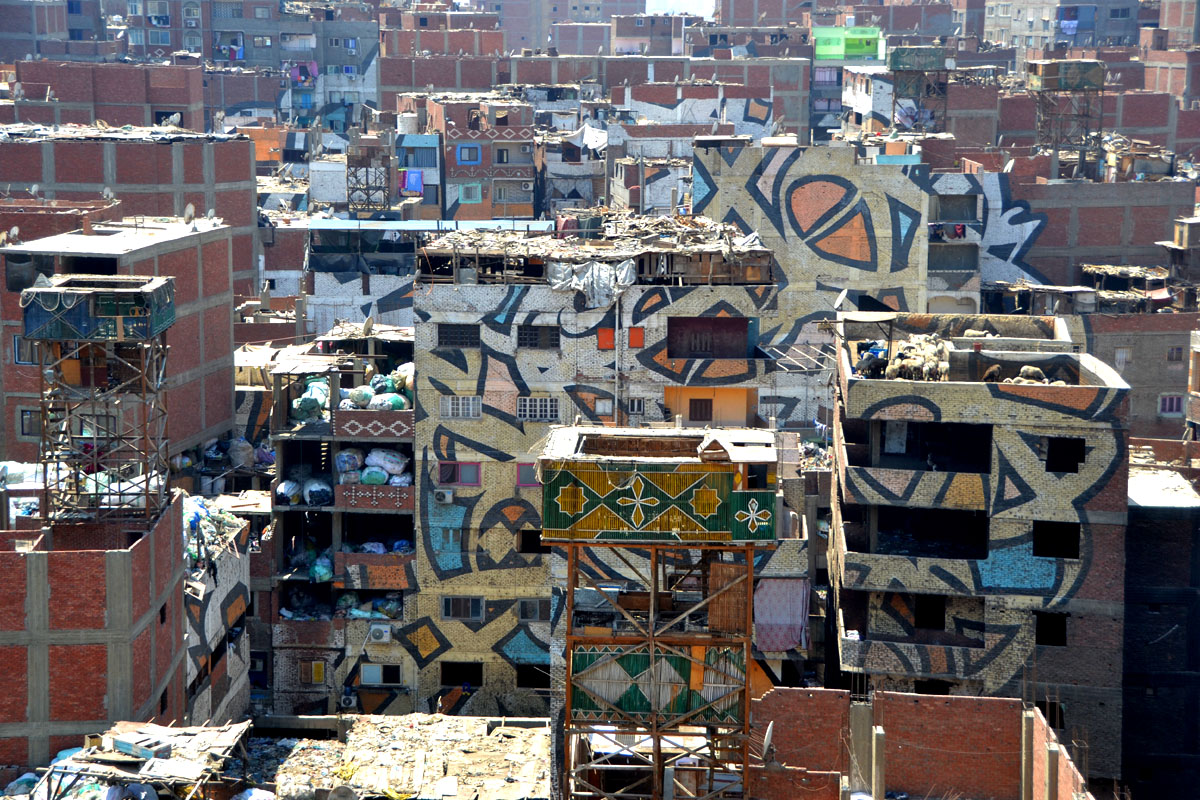

Painted in bright white, orange and blue, Perception questions why a community that plays such a crucial role in the city’s ecosystem is so unsung.
eL Seed worked with a local priest who soon brought the community on board. And he eventually got permission from all the residents to paint their houses.
“The Zaraeeb community welcomed my team and I as if we were family. It was one of the most amazing human experiences I have ever had. They are generous, honest and strong people,” eL Seed wrote on his Instagram page. “They don’t live in the garbage but from the garbage; and not their garbage, but the garbage of the whole city.”
How to find it: From the Cave Church, cross the street and go into the large cafeteria building with the white spiral staircase. Once you’re upstairs inside the cafeteria, head to the back room lined with windows (or ask the staff to open the door if it’s locked). You’ll get a perfect view of the mural from those windows.
8. Street food
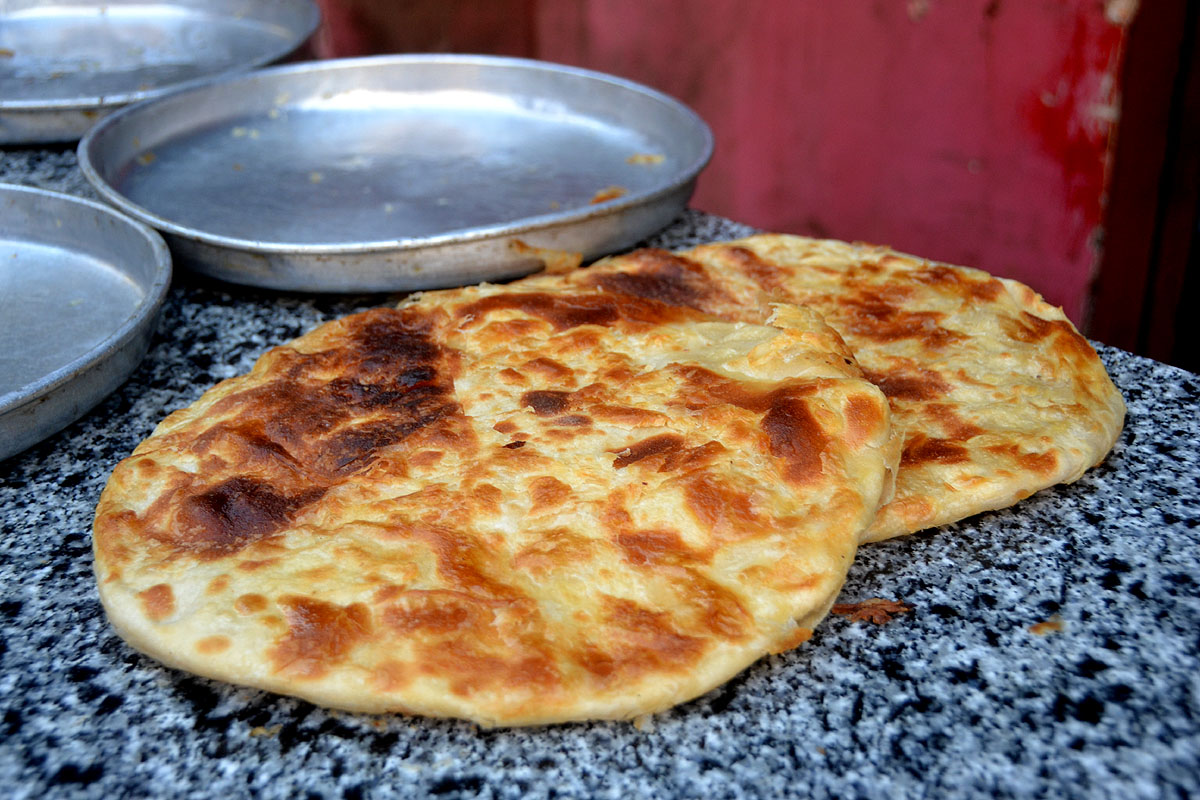

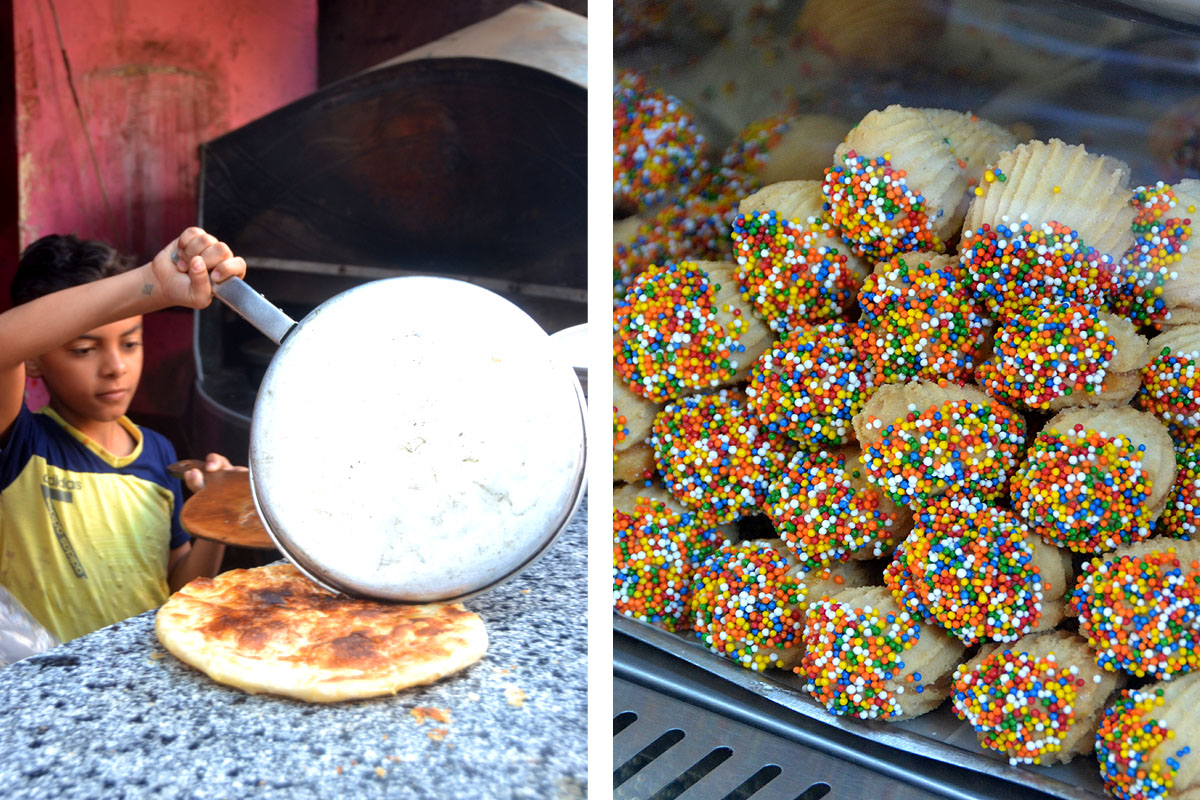

If you’re looking for authentic and unpretentious Egyptian street food, then dig into Manshiyat Nasser’s food carts.
There’s a cart on just about every corner of this bustling district. So fill up on crunchy ta’amiya straight out of the fryer and sweet feteer right out of the oven.
Here are some of my favorite must-tries:
- feteer stuffed with powdered sugar is a flaky Egyptian layered pastry consisting of thin layers of dough and ghee.
- ta’amiya is similar to falafel – and it’s made in Egypt with fava beans vs. the chickpeas used in traditional falafel.
- potato sandwich (my favorite) is a carb lover’s dream with crispy french fries stuffed into flat bread and drizzled with tahina.
9. Coptic homes
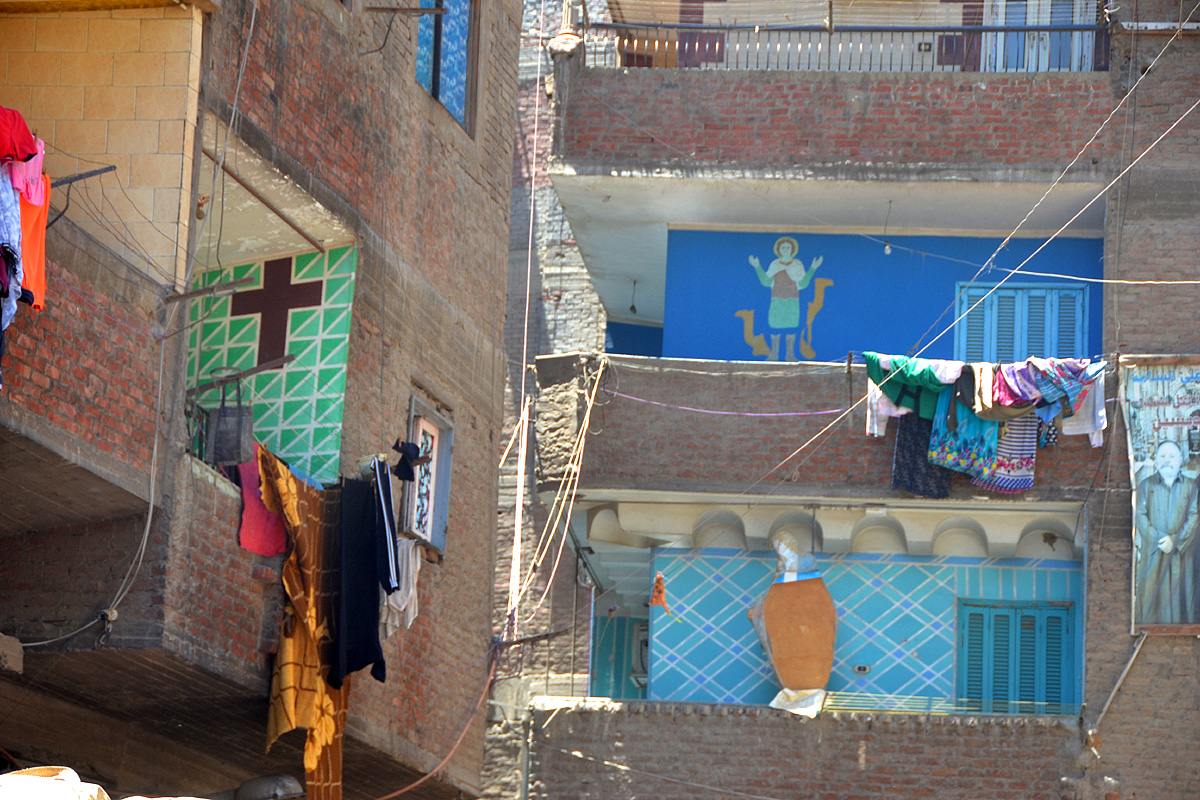

Don’t miss the colorful homes in Manshiyat Nasser and their bold Christian imagery.
Wander through the narrow streets and you’ll spot crosses built into building facades in red brick, balconies painted with lively neon and banners with images of Jesus, Mary and the saints.
Manshiyat Nasser is one of a few places in Egypt where Christians outnumber the local Muslim population. And their pride in their identity is tangible.
Many residents say that even if they could, they wouldn’t live anywhere else. They love their tight-knit community, their churches and the neighborhood-wide religious spirit.
Conclusion
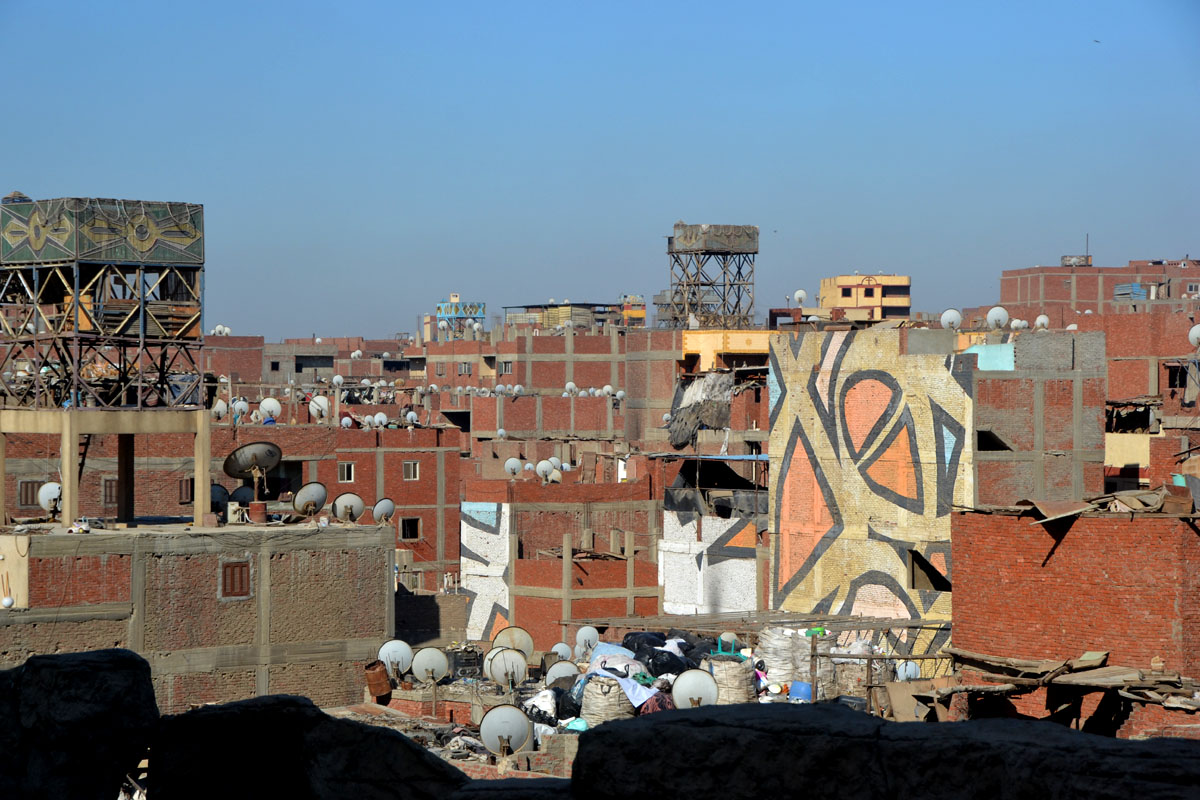

Get past the misconceptions and Garbage City, Cairo will definitely surprise you with its breathtaking cave churches, unique handicrafts and vibrant street food.
It’s off the beaten tourist path and not easy to access. But go with a tour guide who knows the neighborhood and you’ll have an unforgettable experience.
Perched high in the Mokattam hills, this enterprising community definitely deserves more recognition.
I would love to hear from you. Would you visit Garbage City, Cairo?
MORE RESOURCES:
12 Must-See Hidden Gems in Cairo (A Local’s Guide)
14 Must-See Hidden Gems In Islamic Cairo
13 Best Things To Do In Coptic Cairo
25 Best Things To Do In Cairo (A Local’s Guide!)
Where To Stay In Cairo (An Ultimate Local’s Guide)
Pin it:
